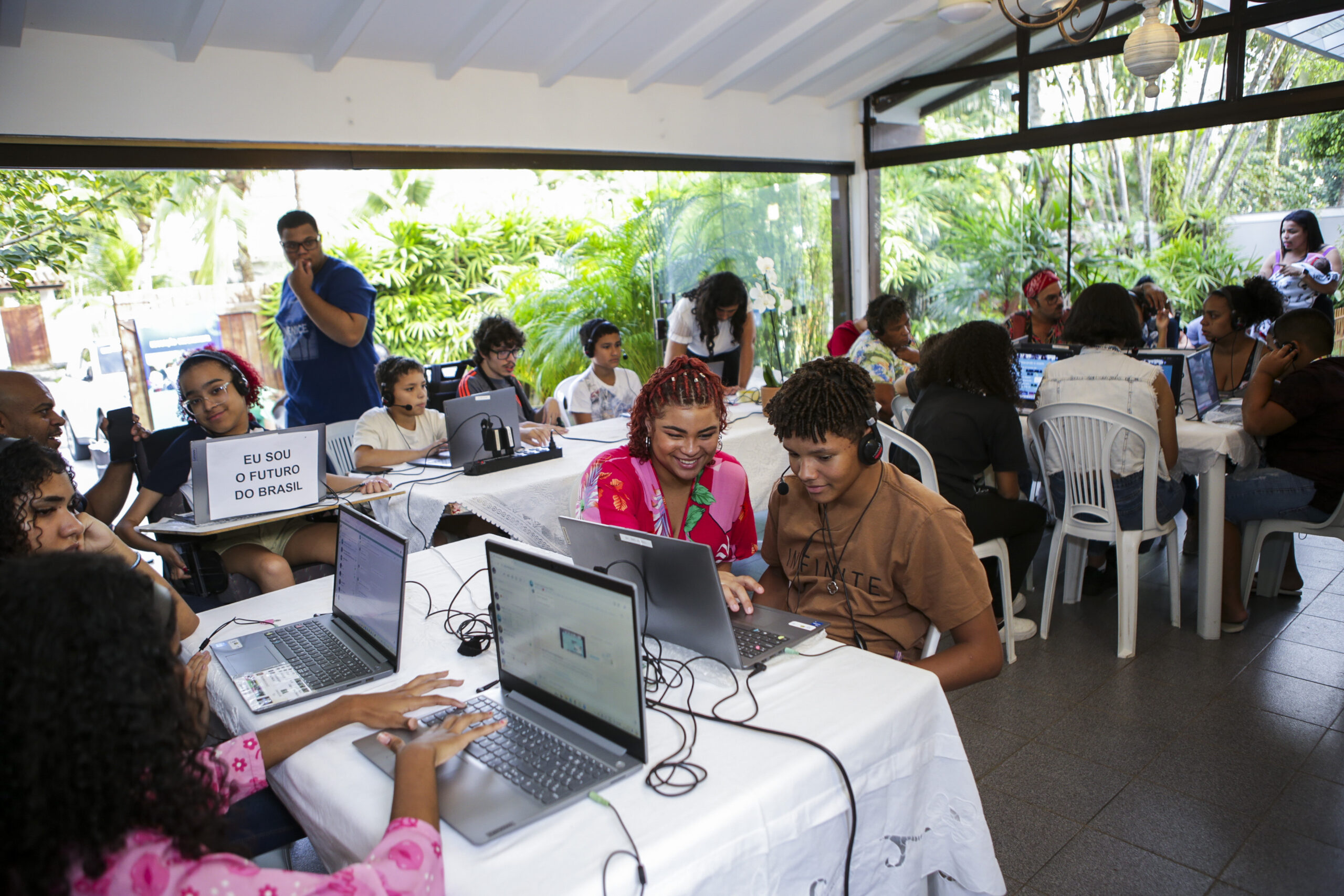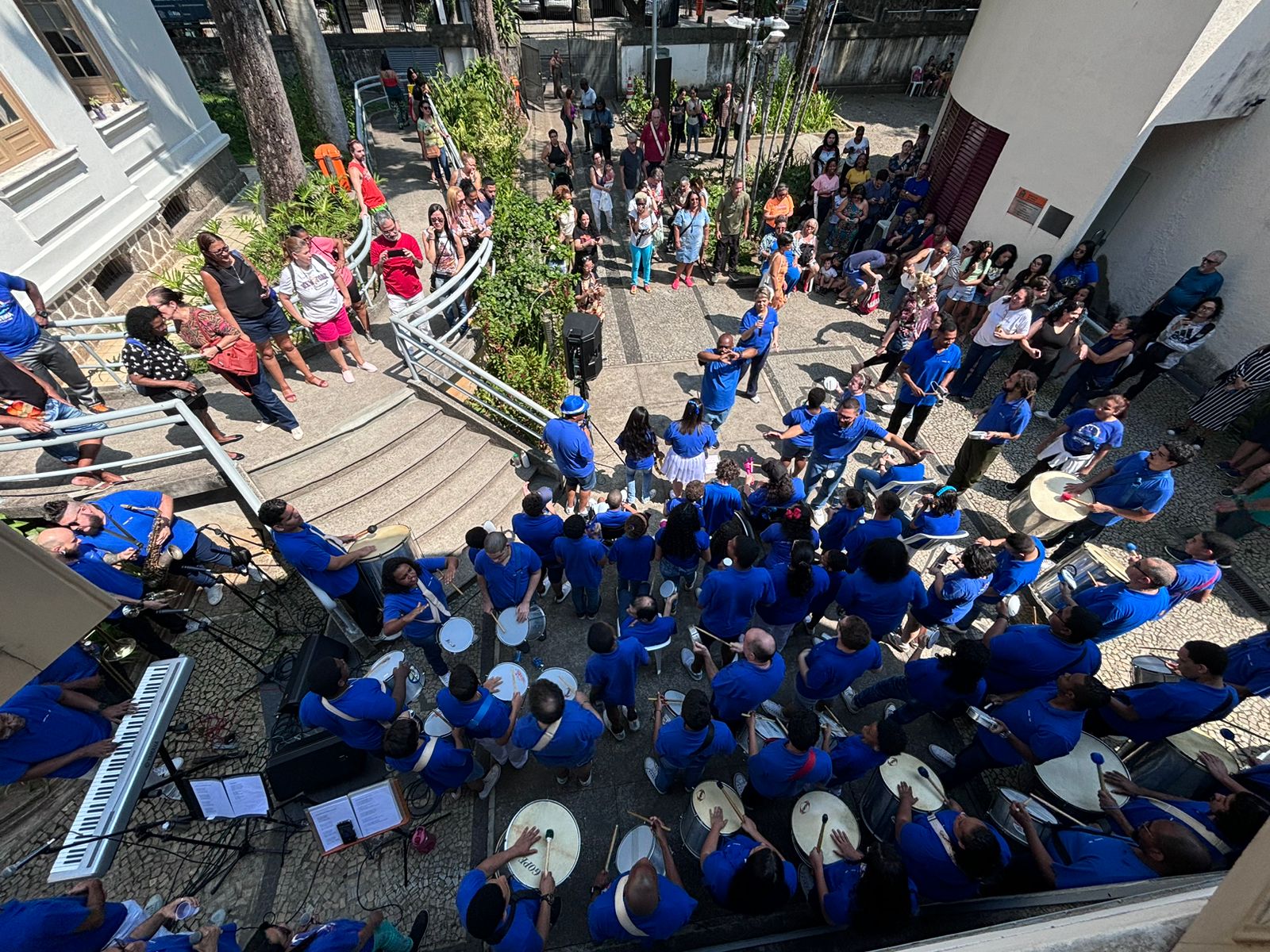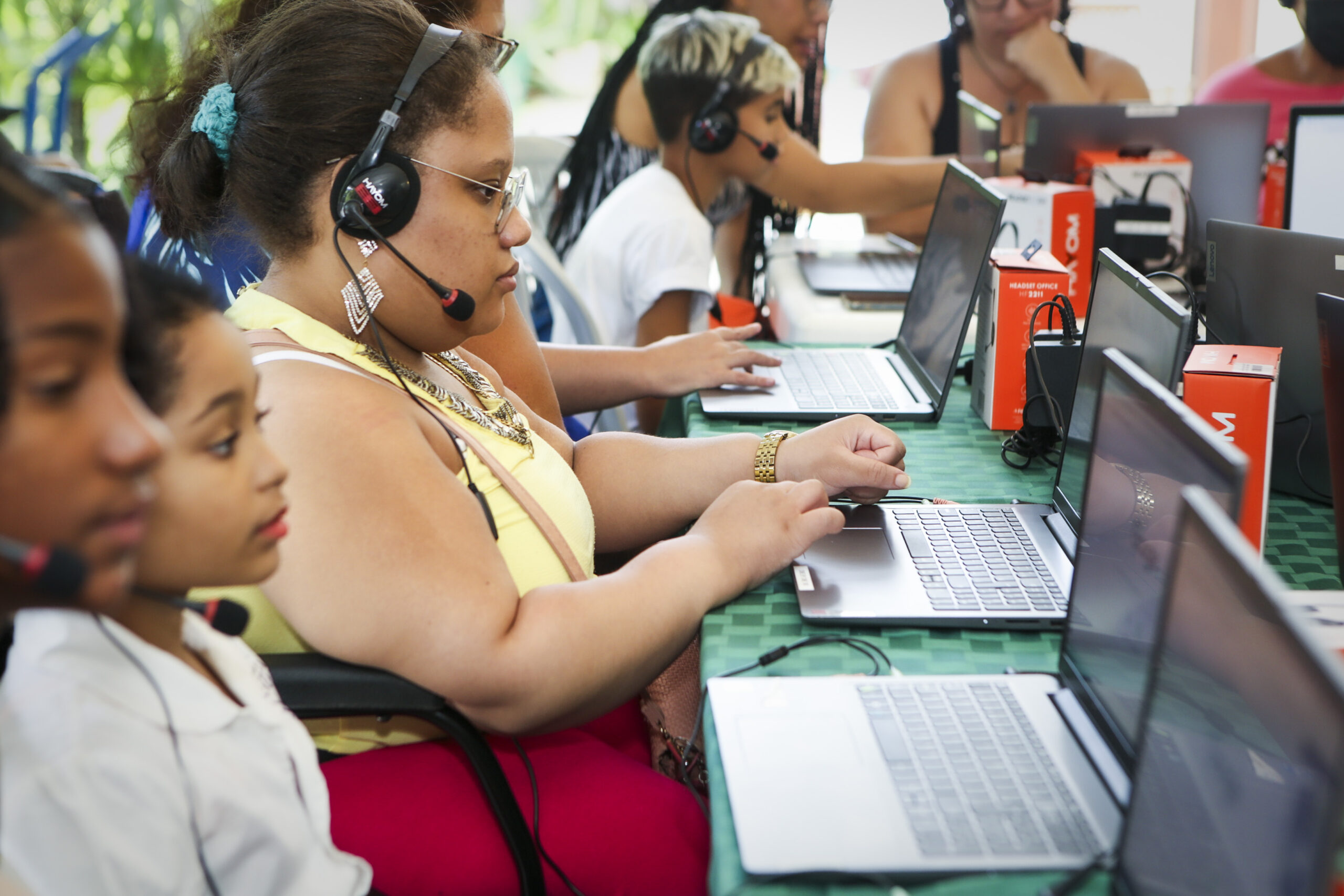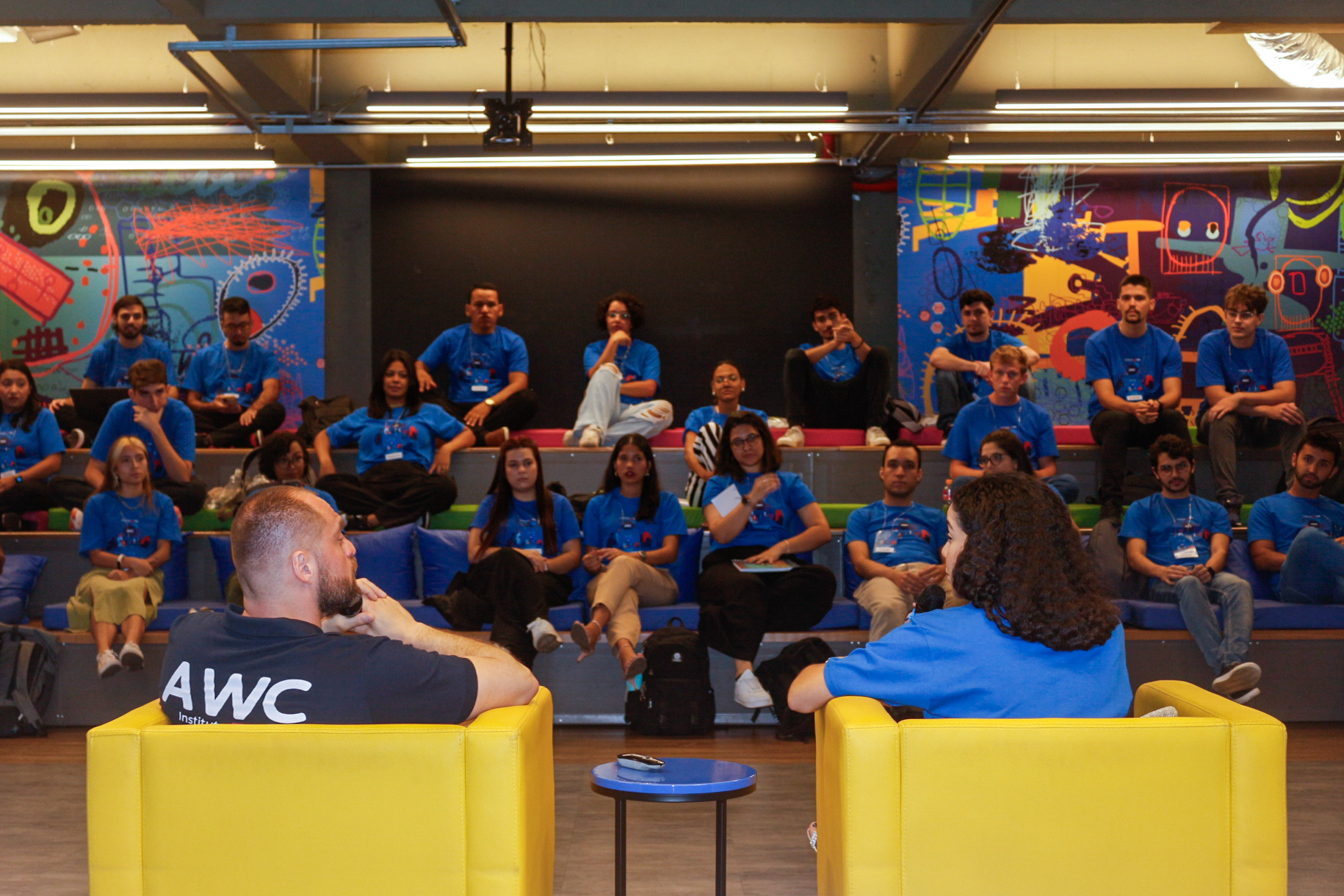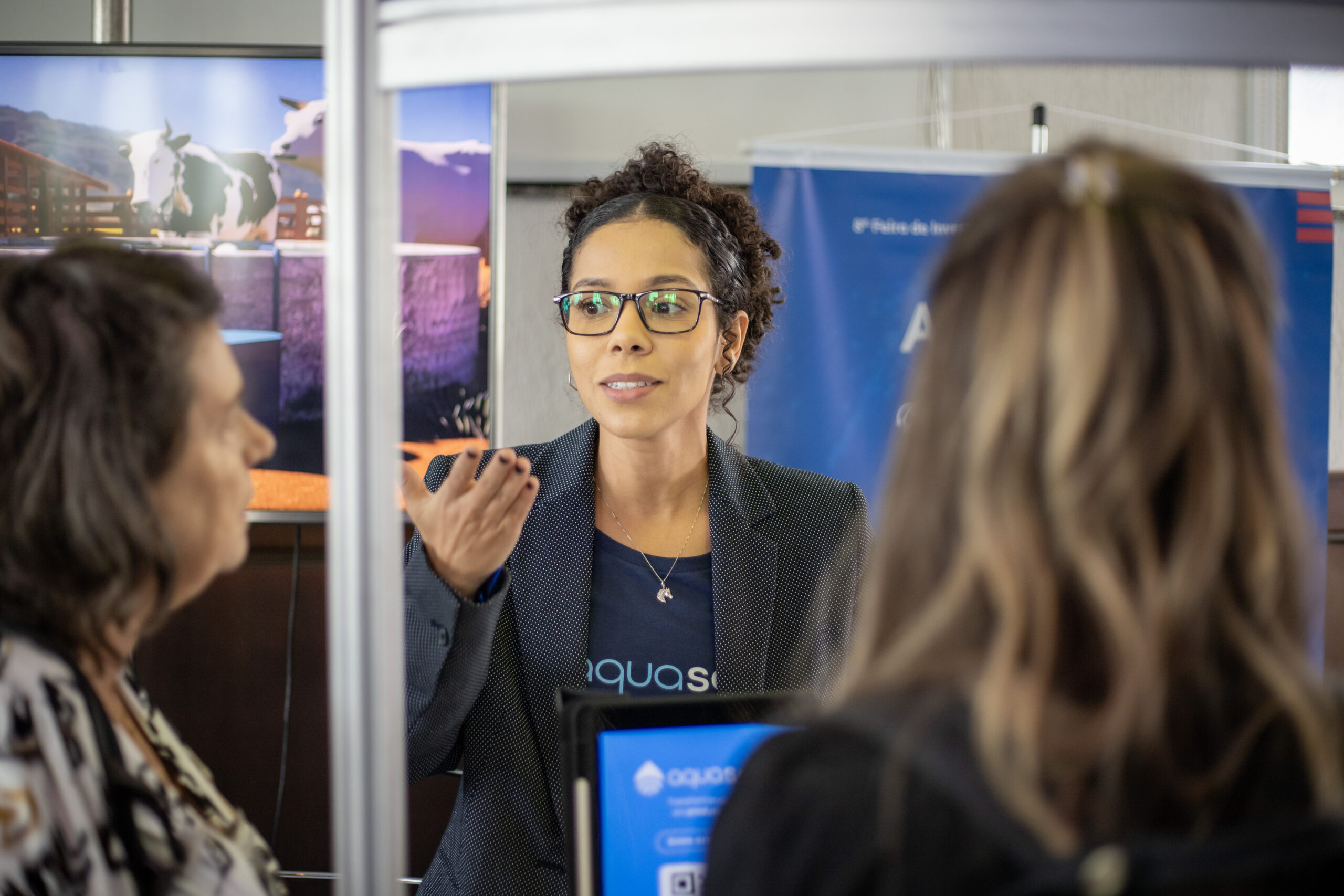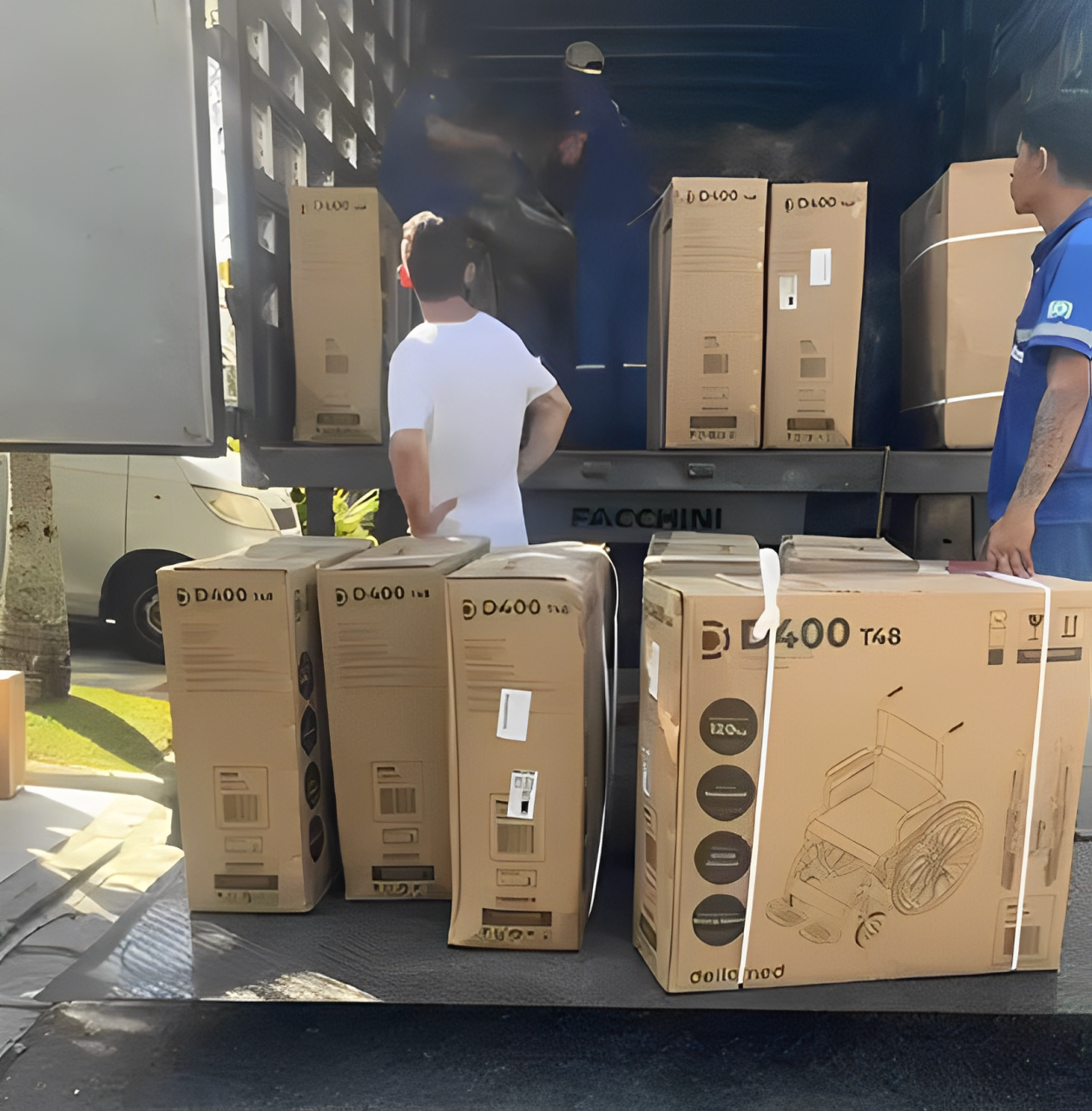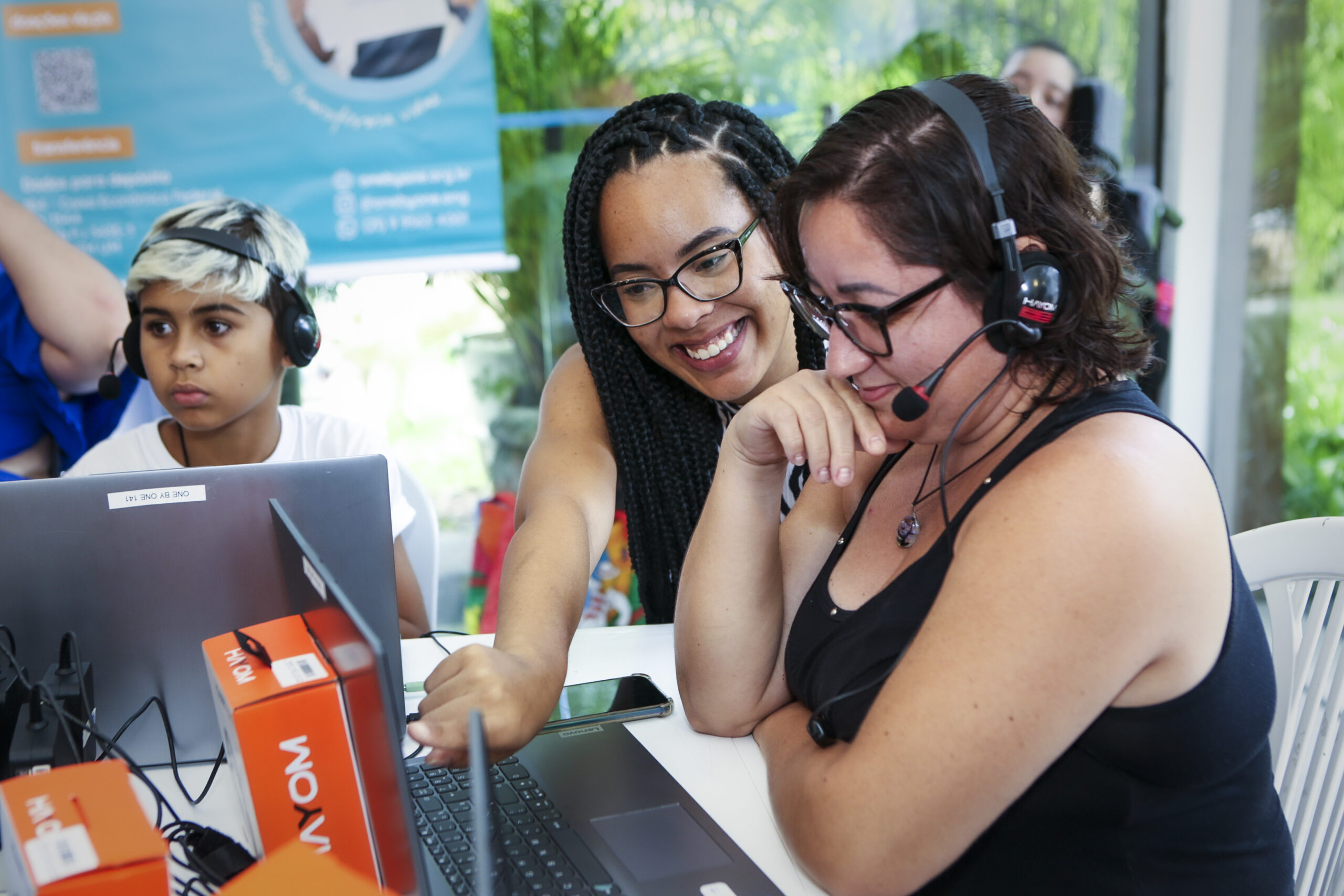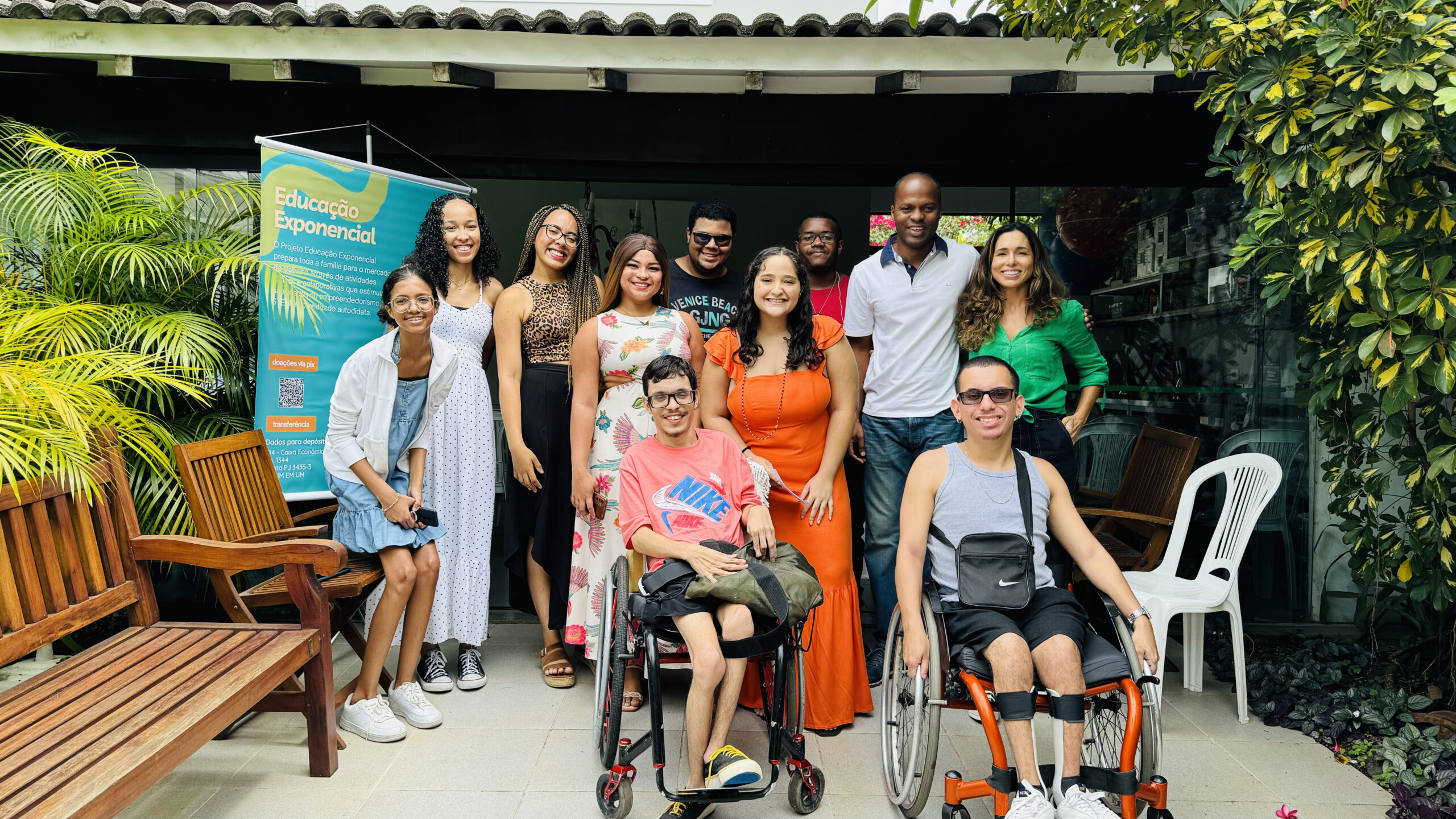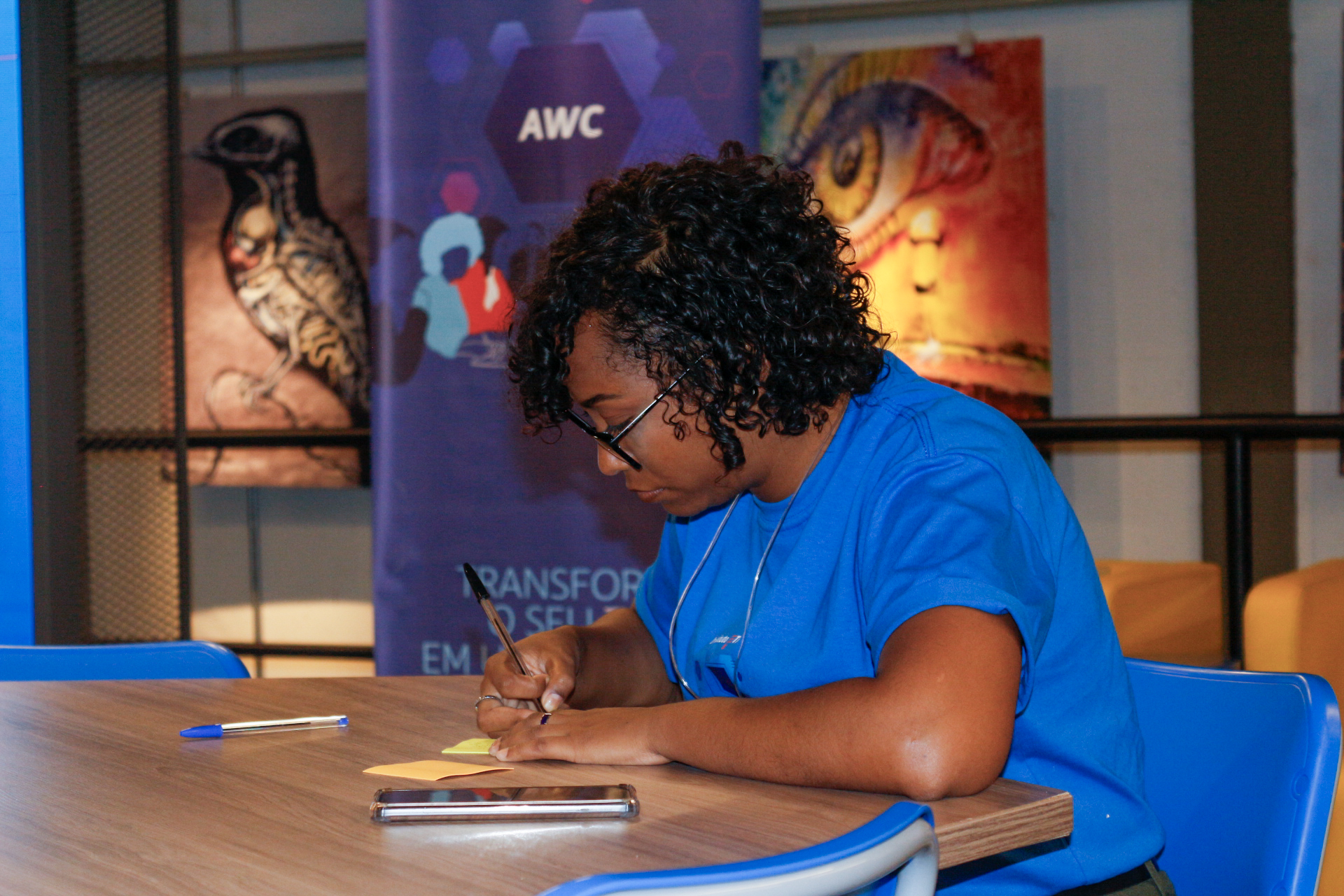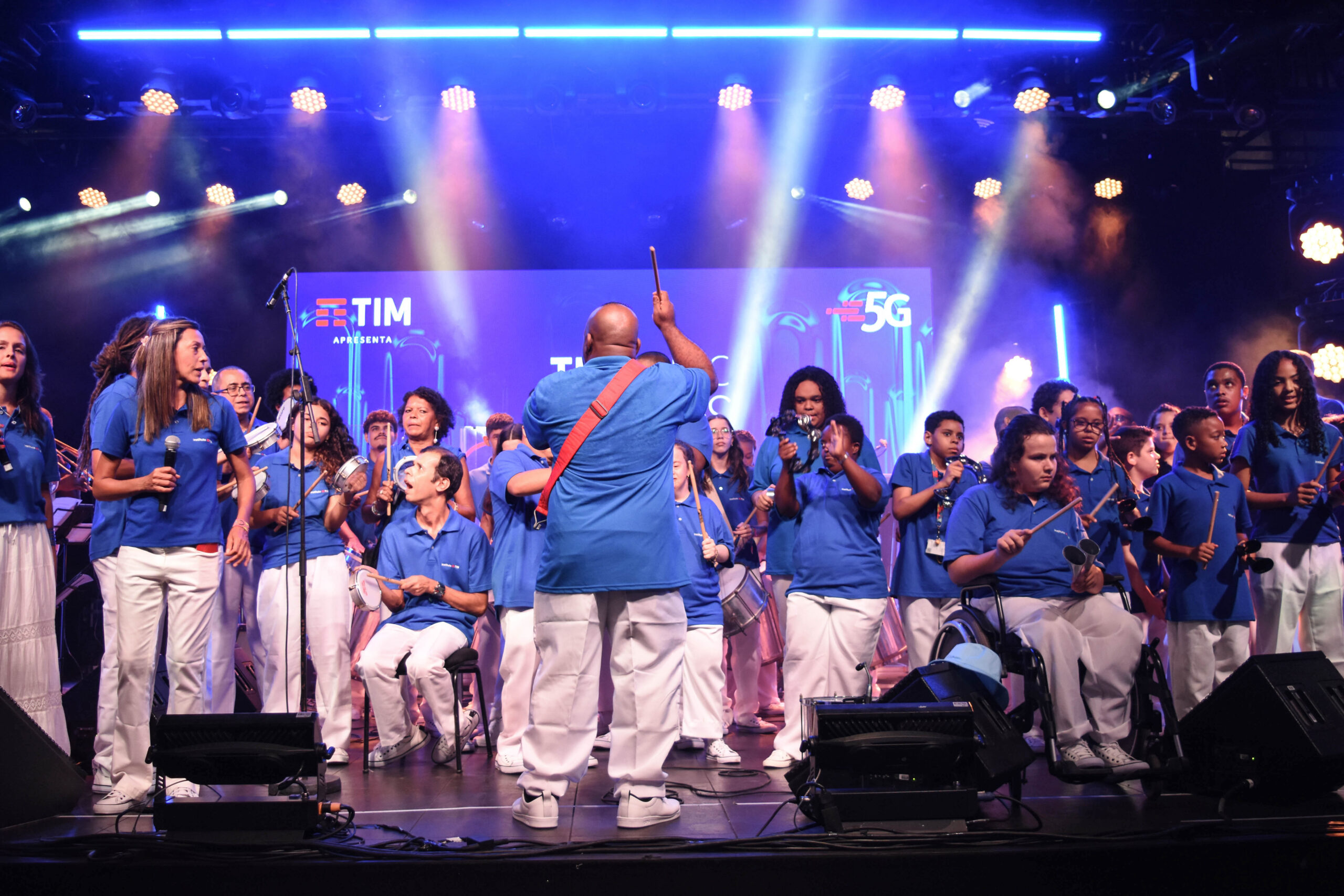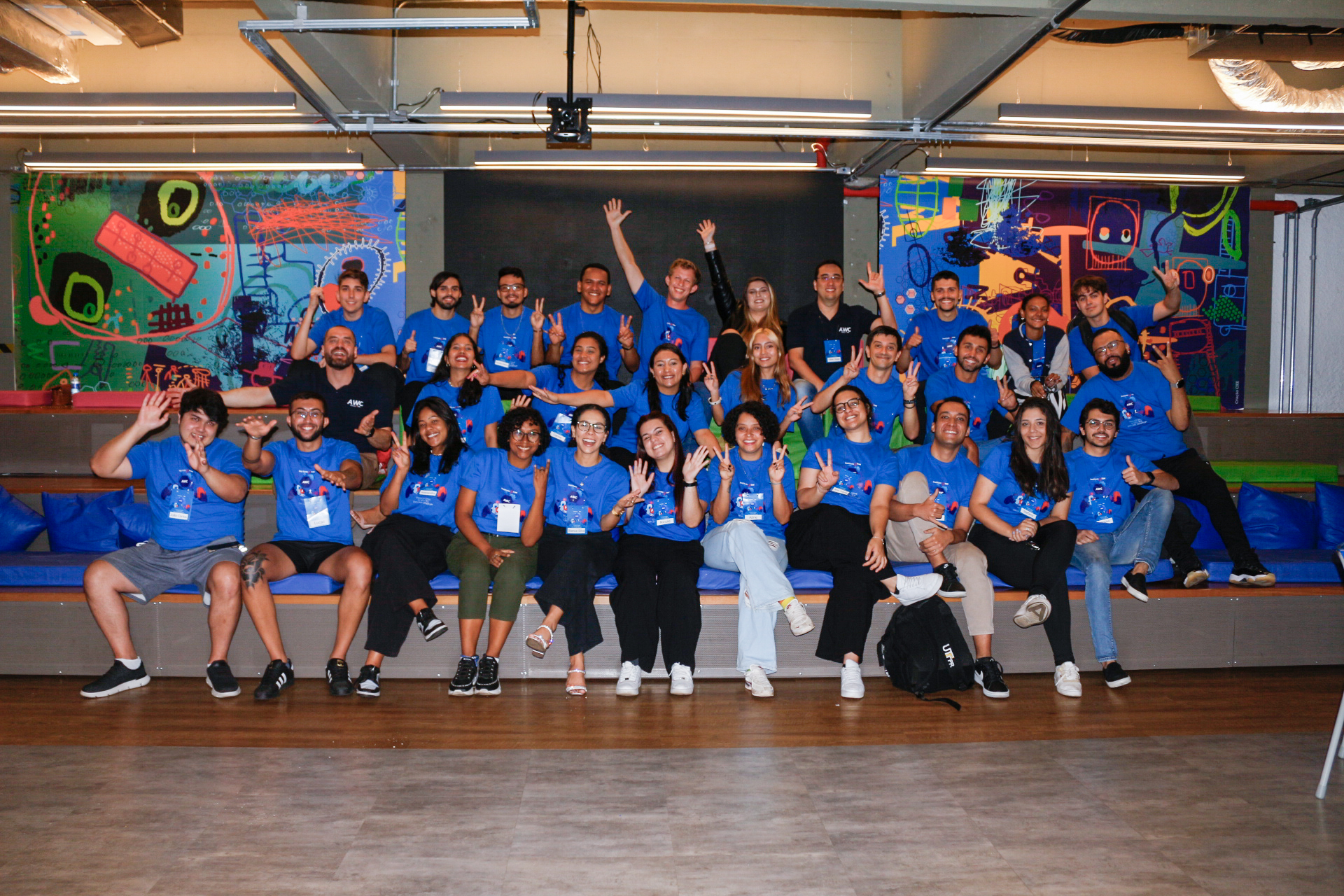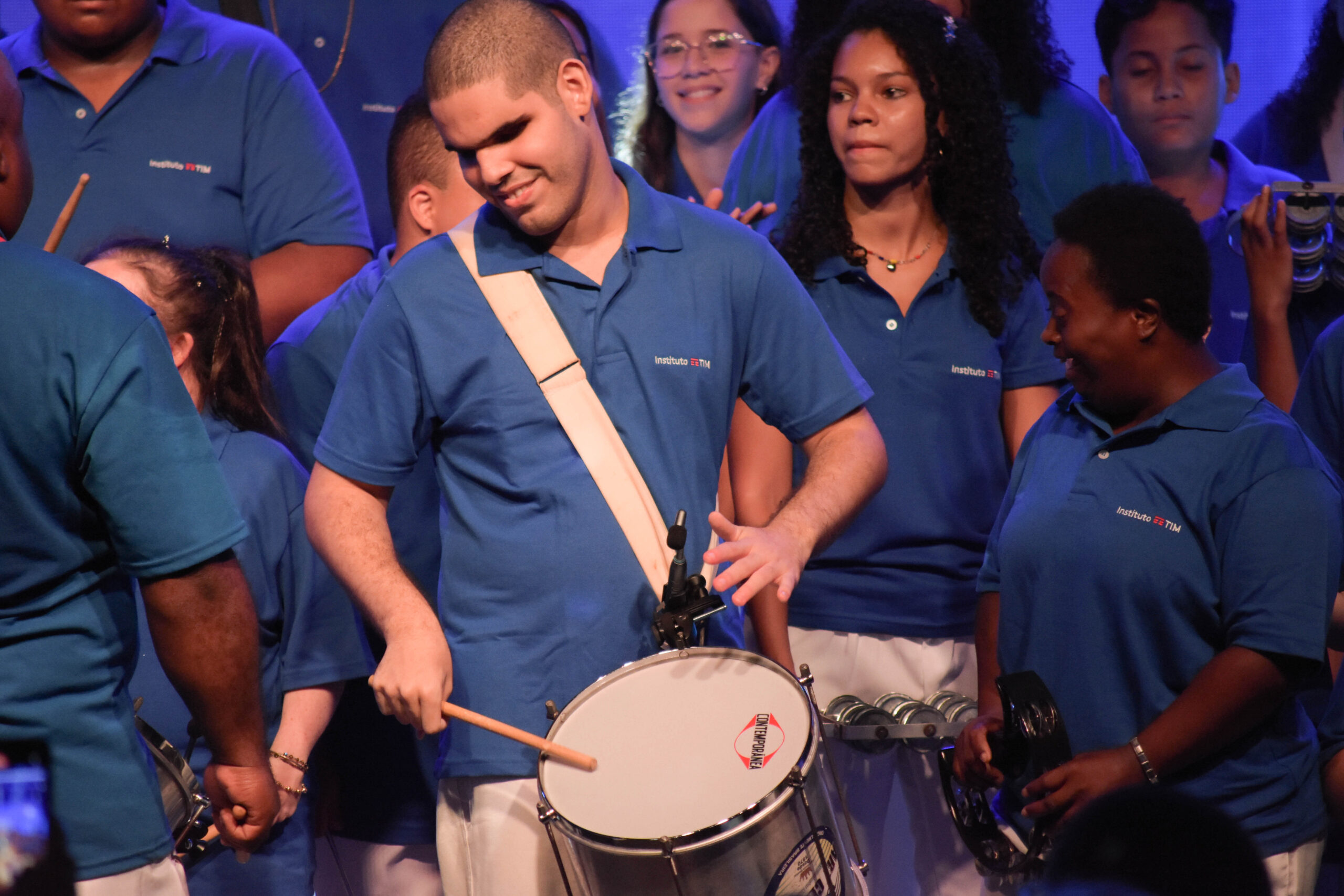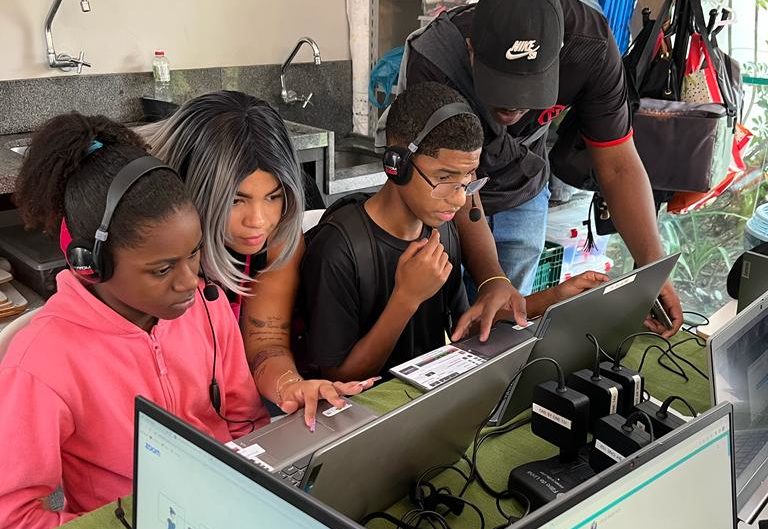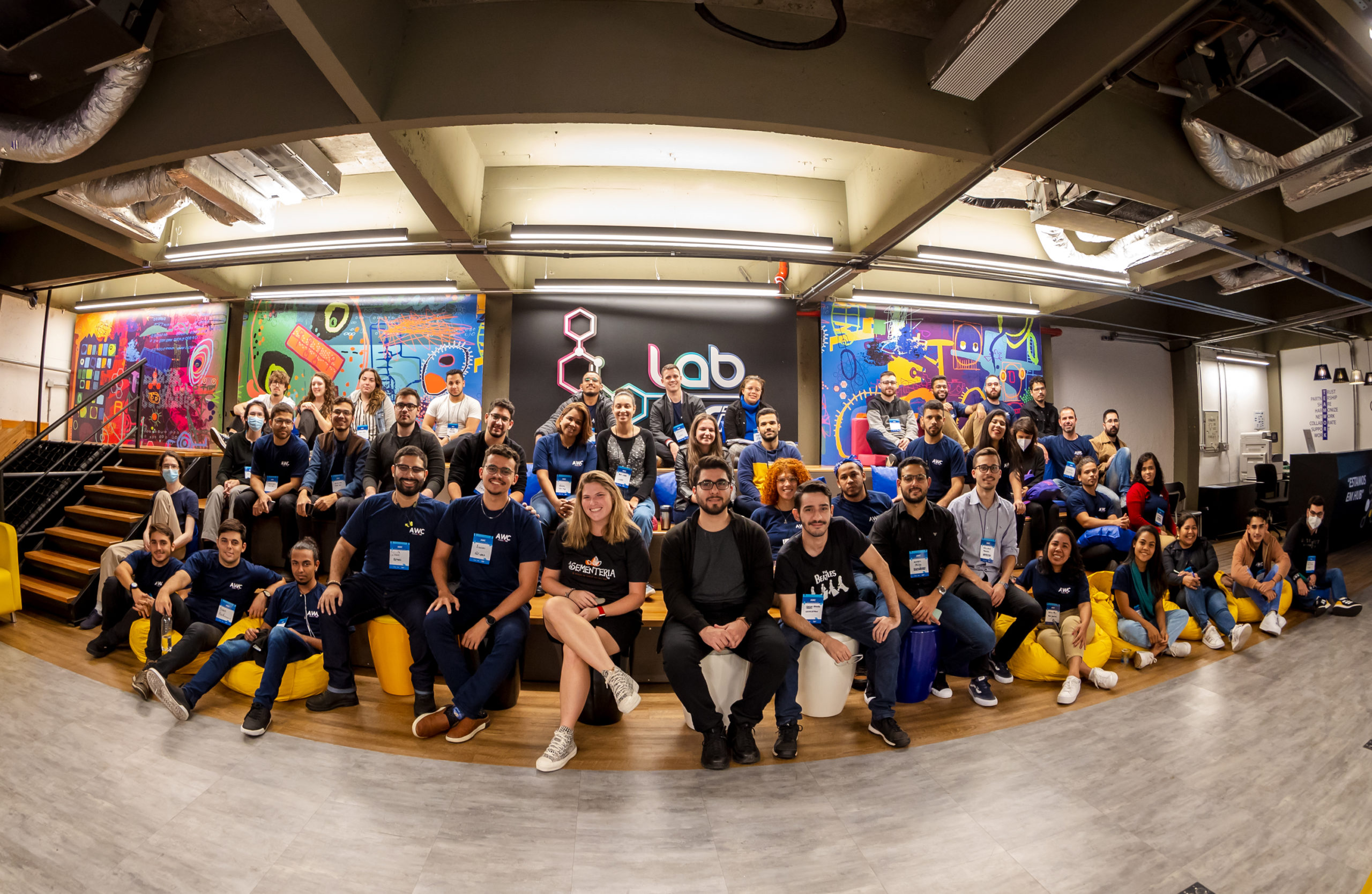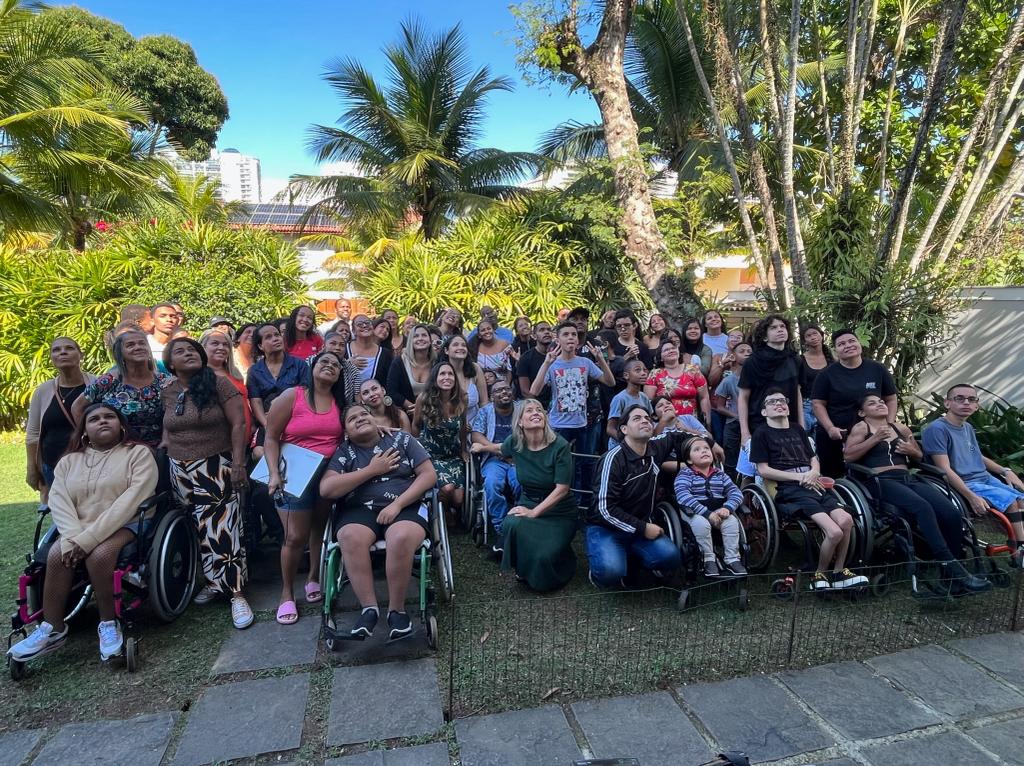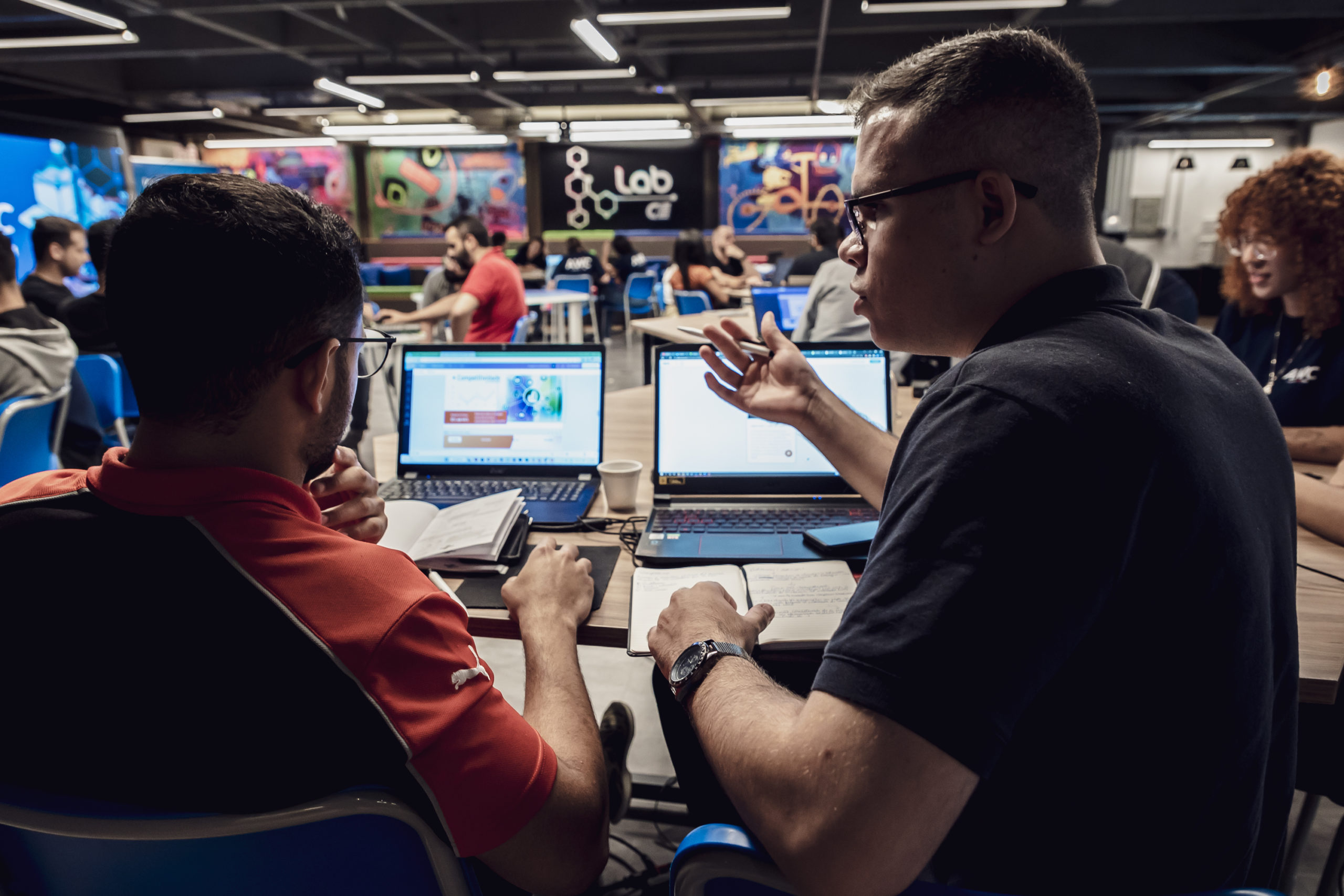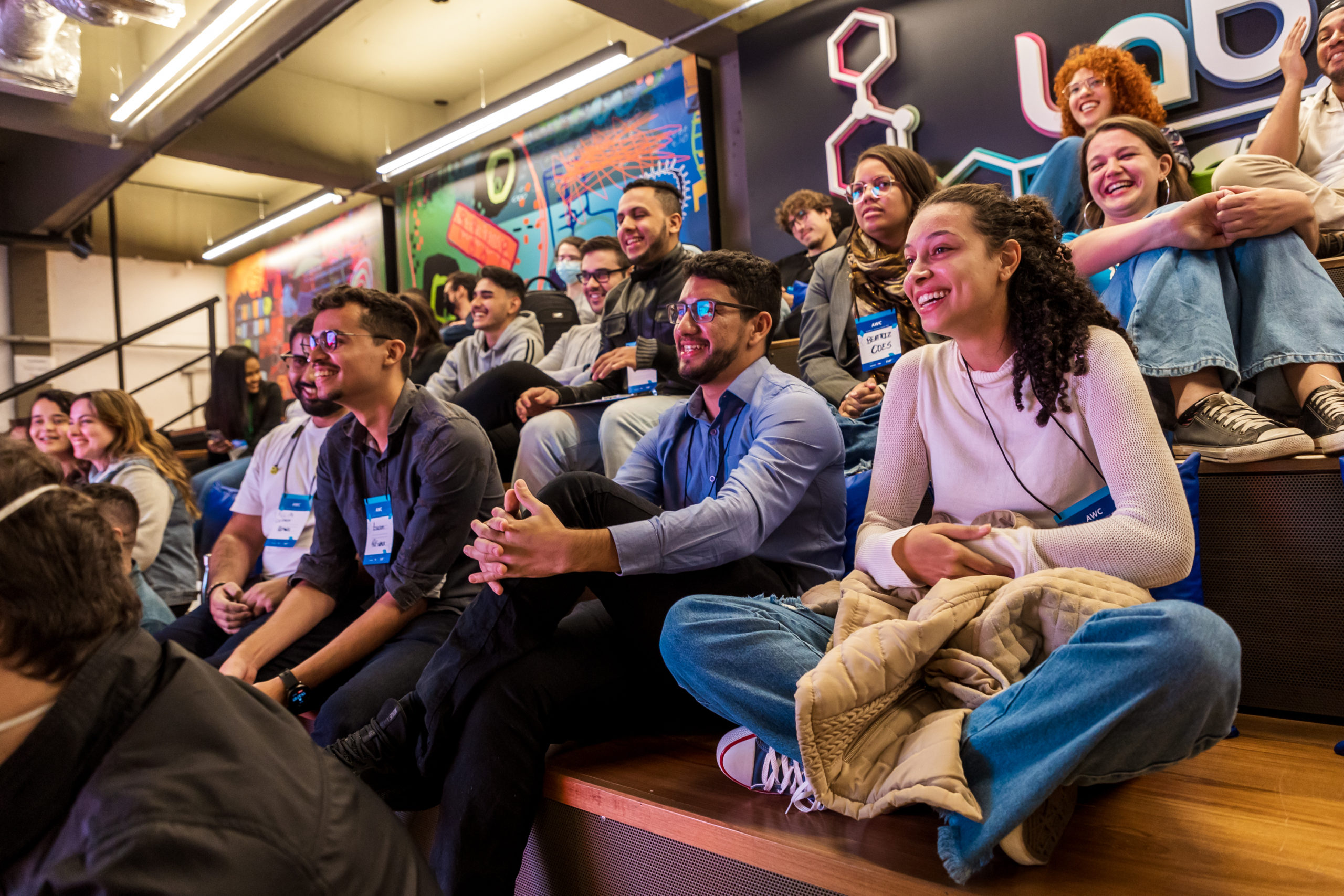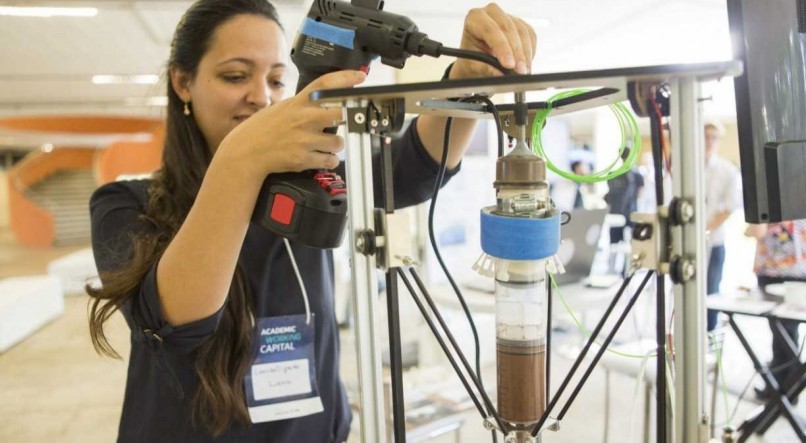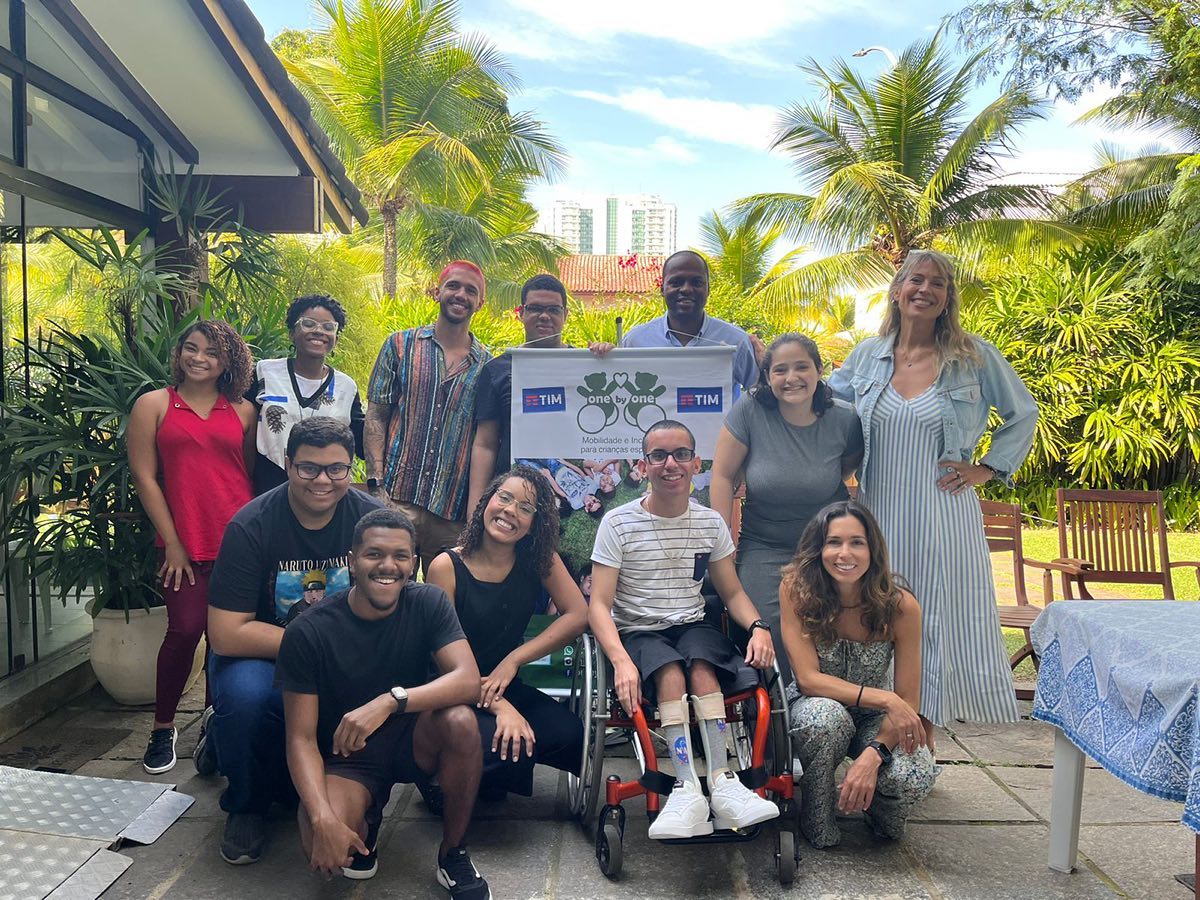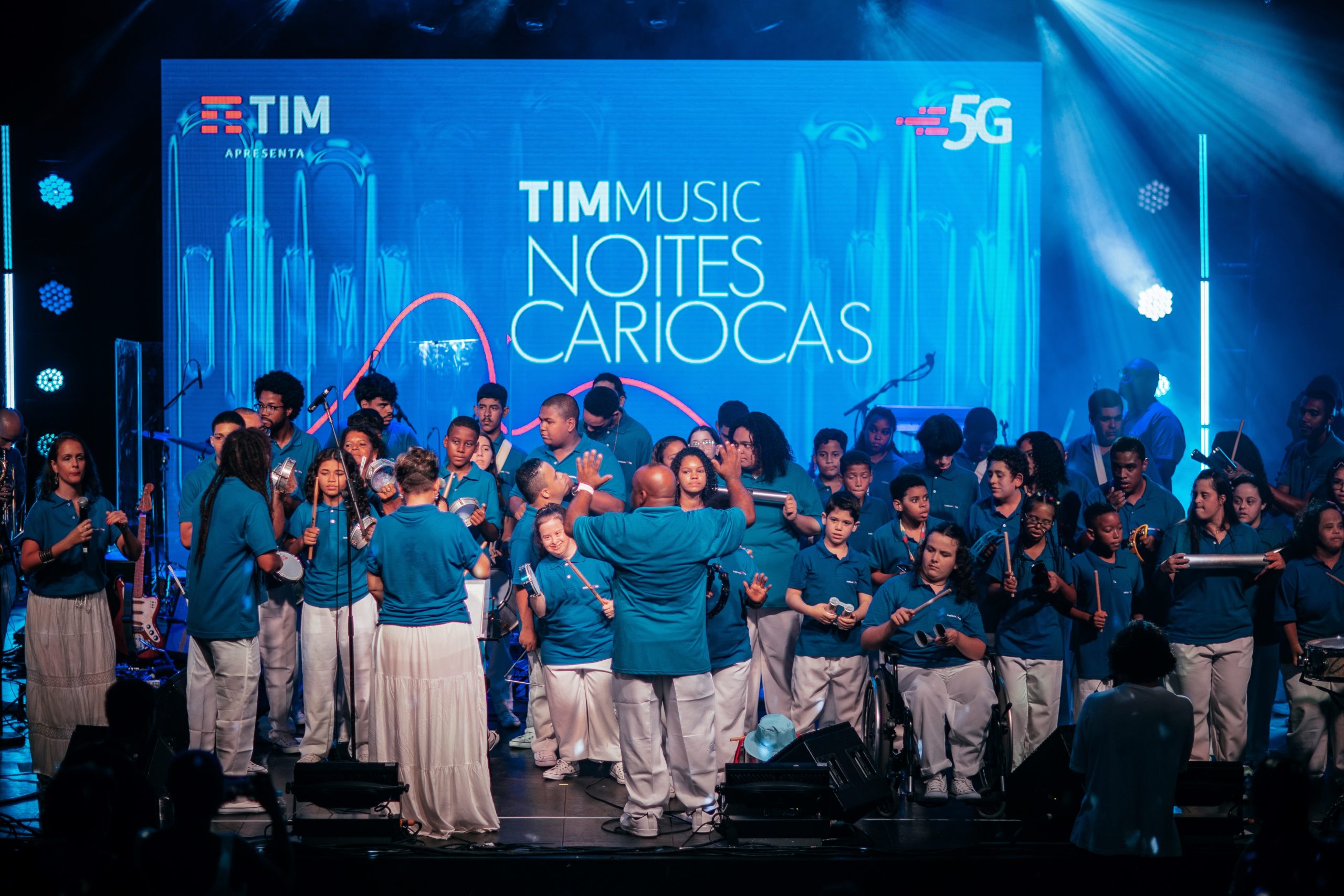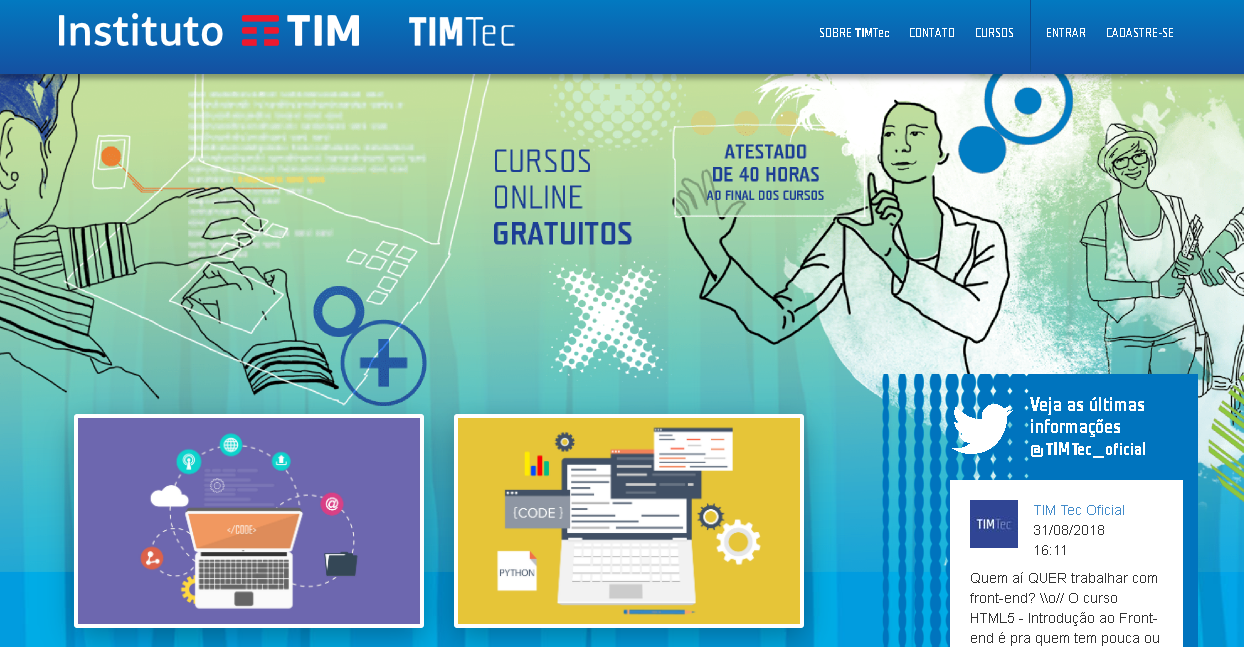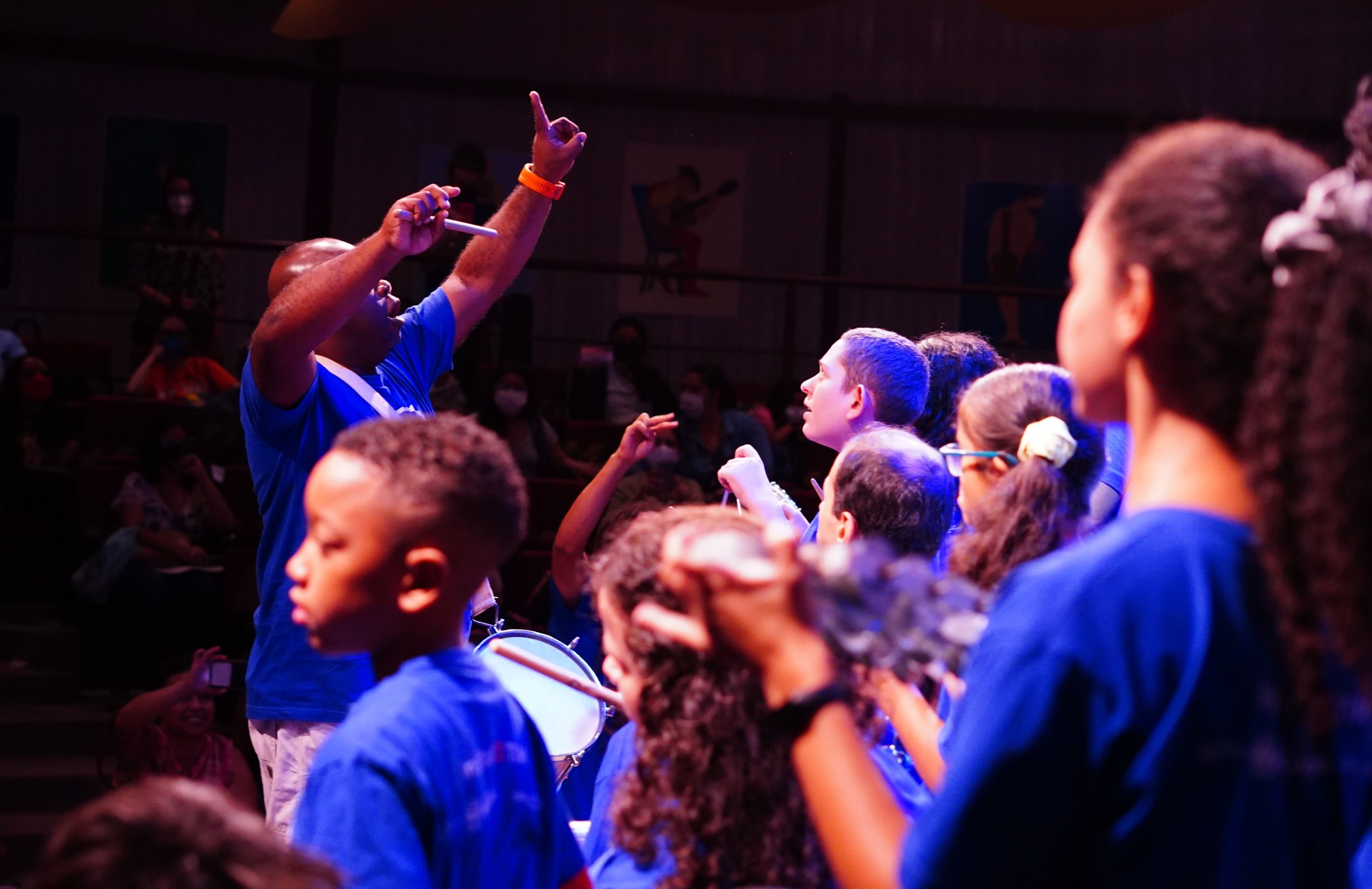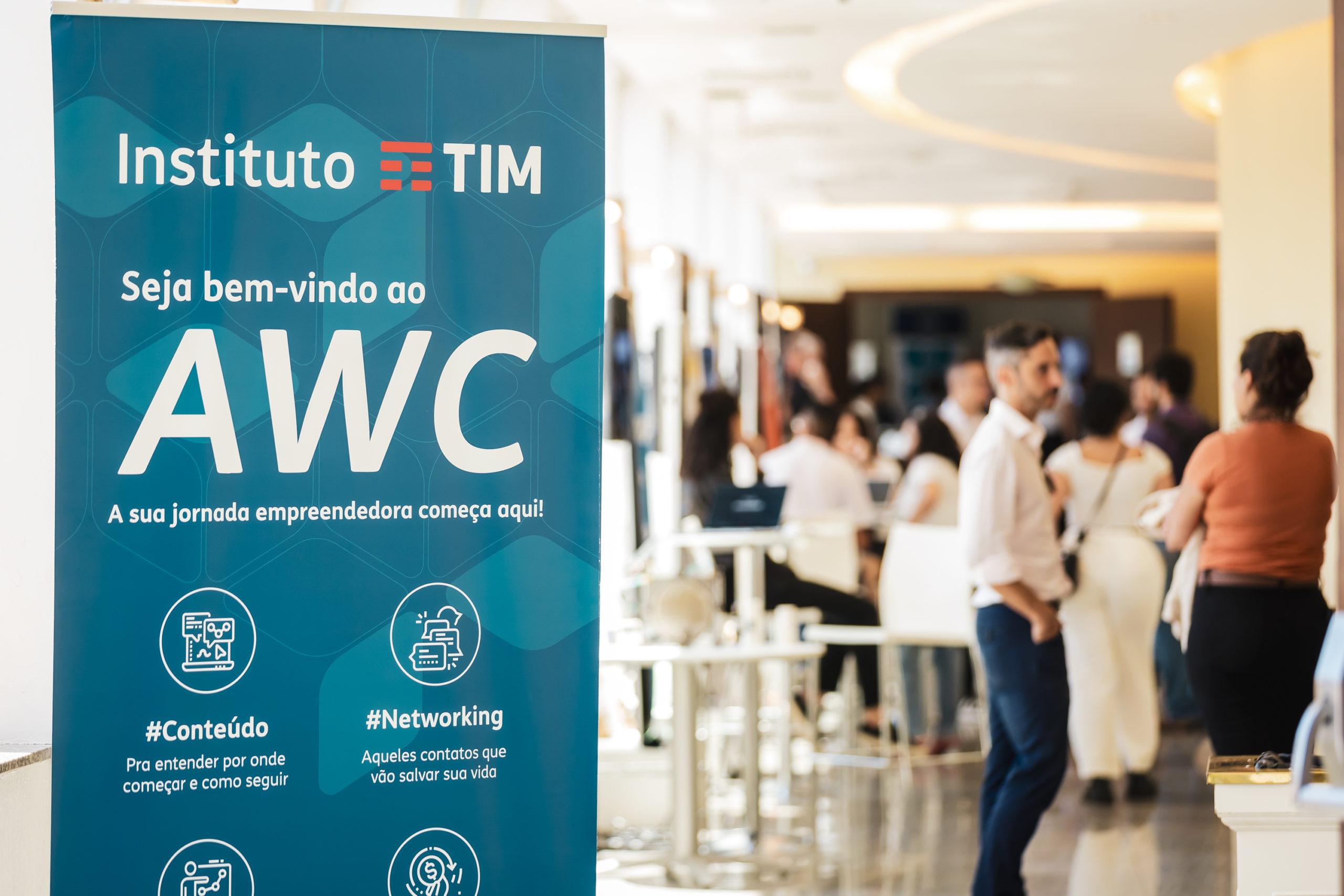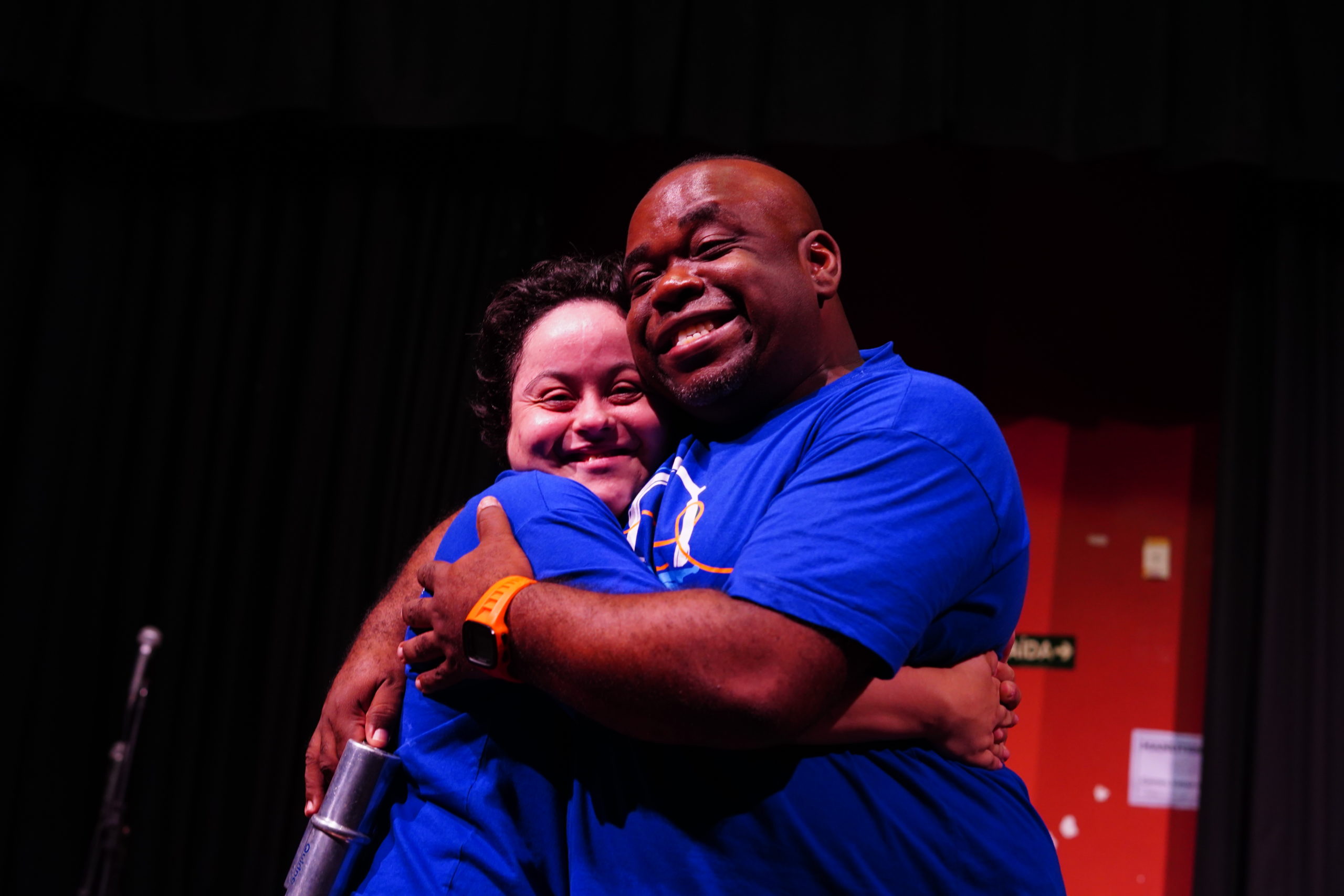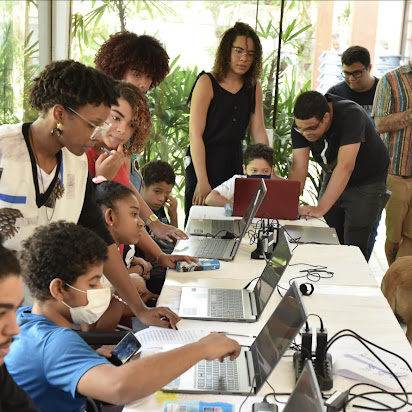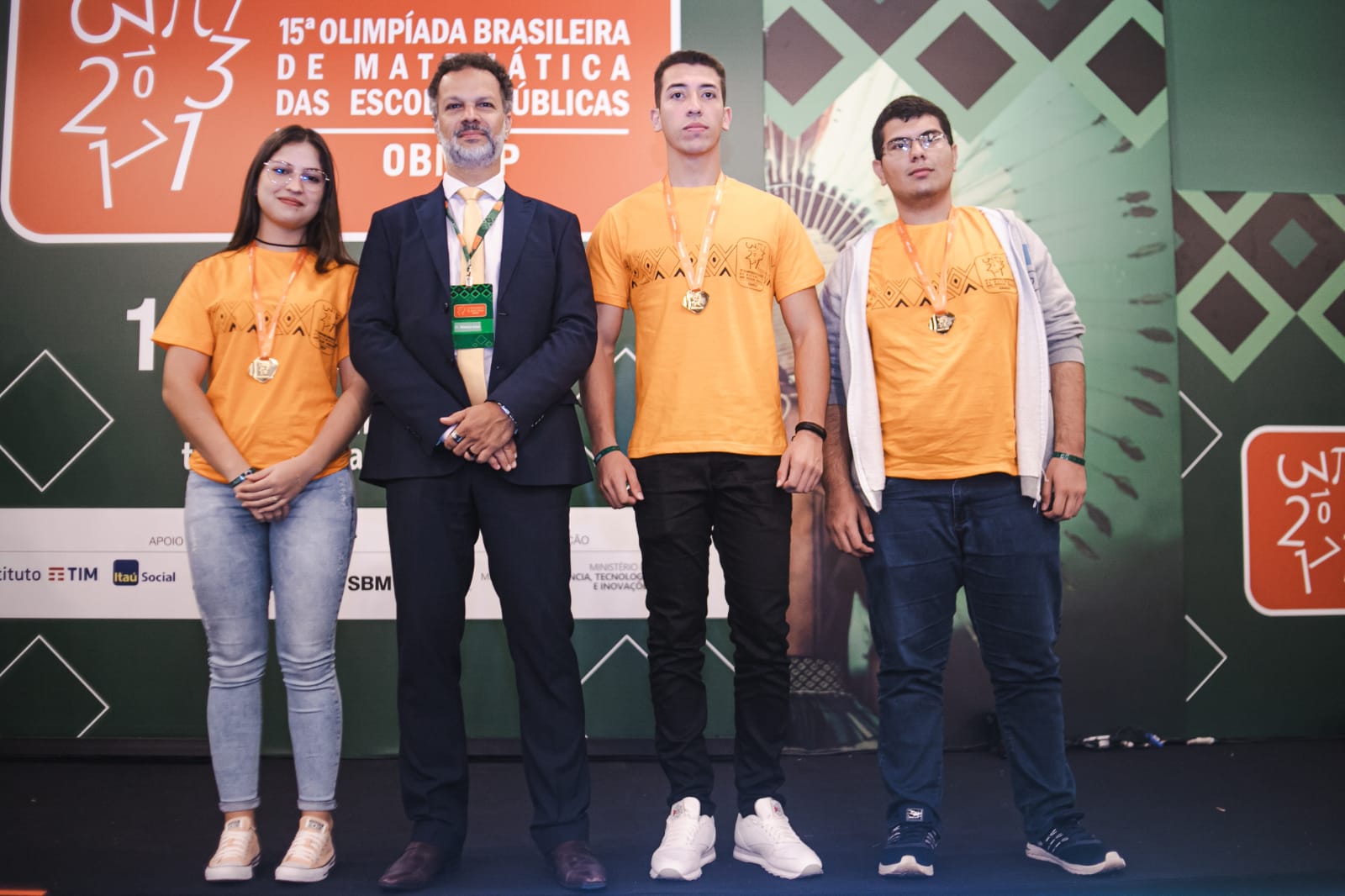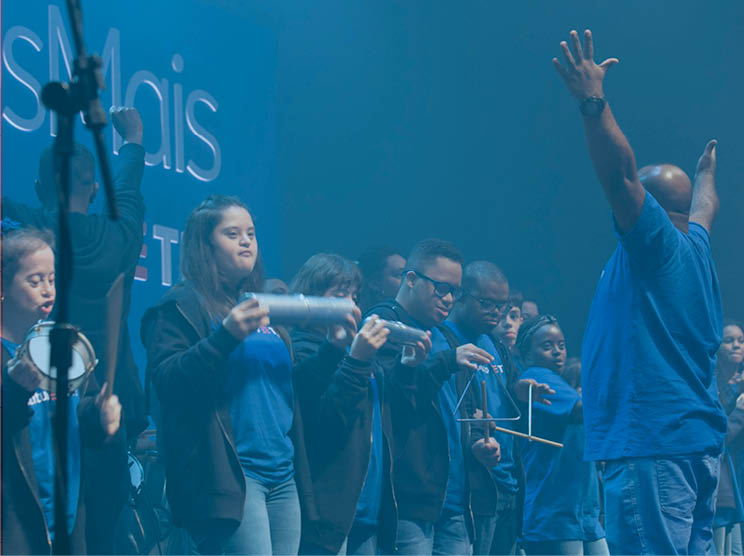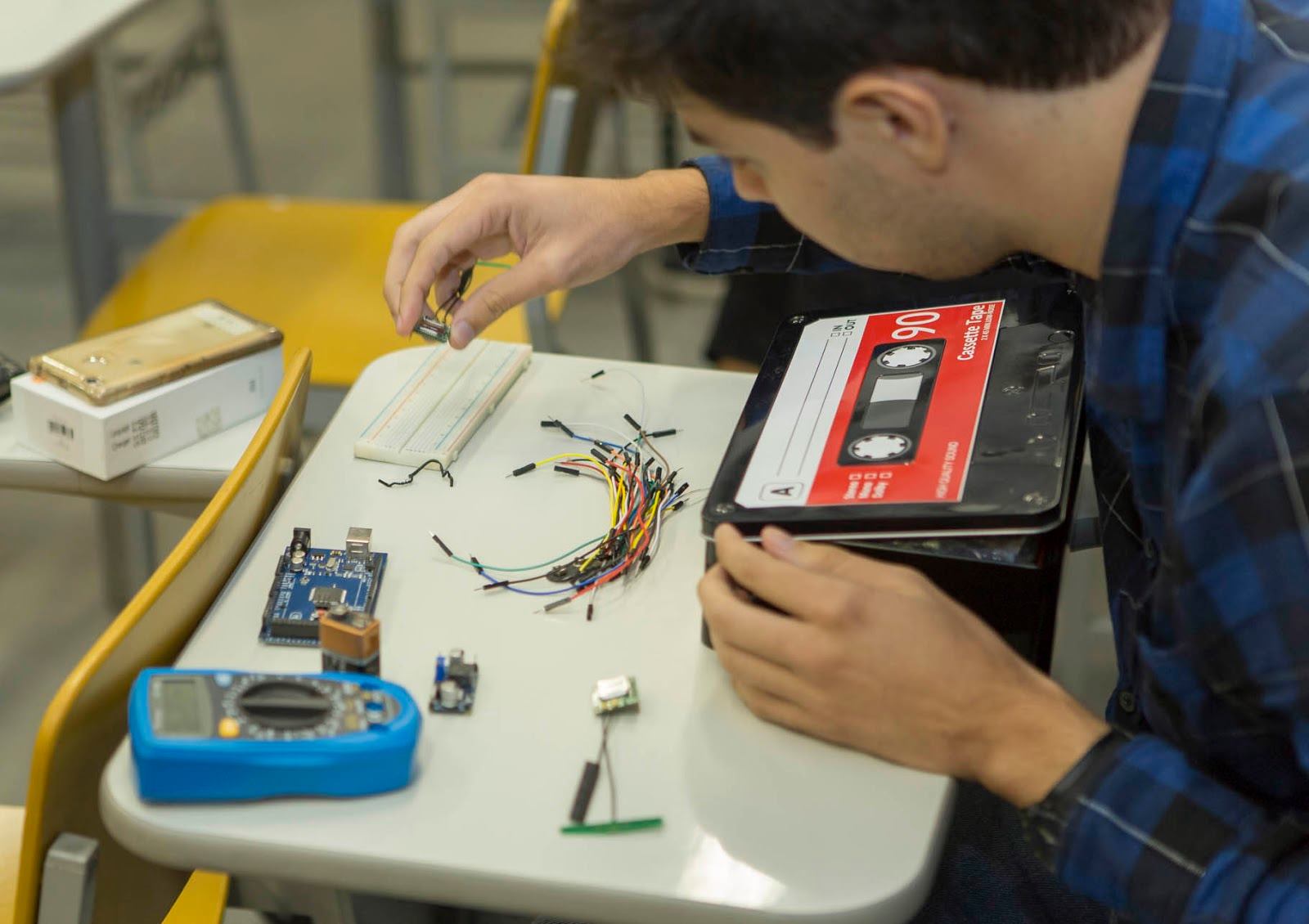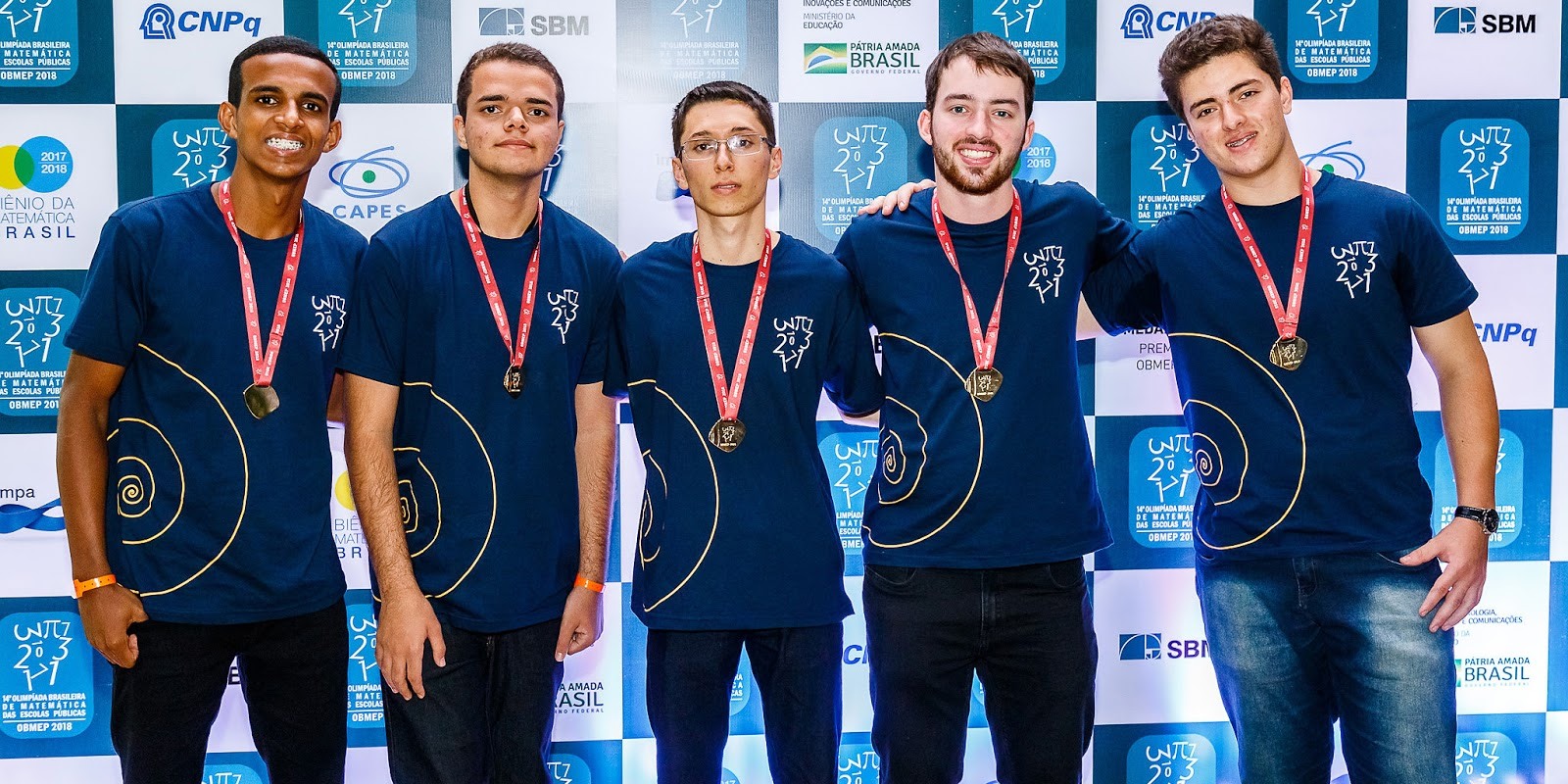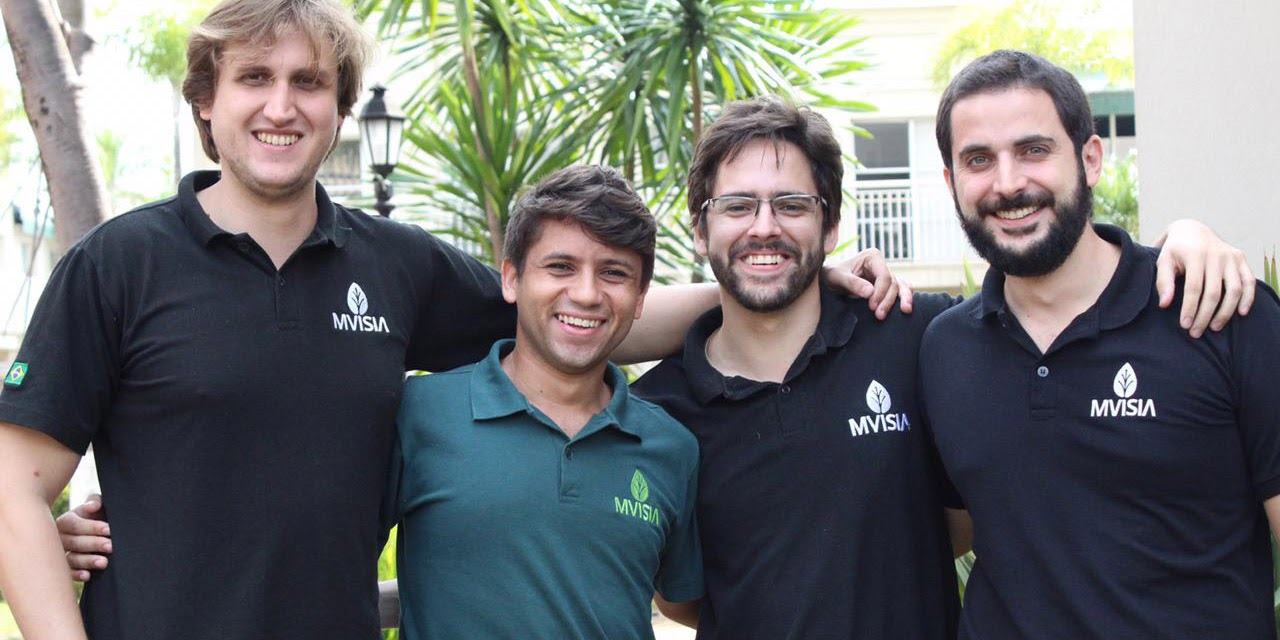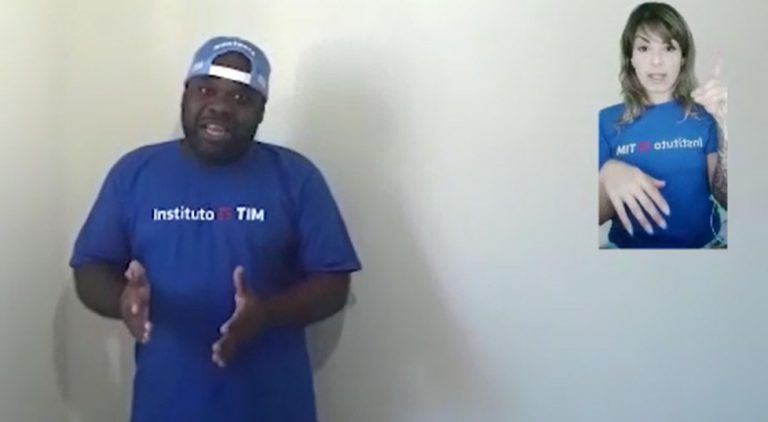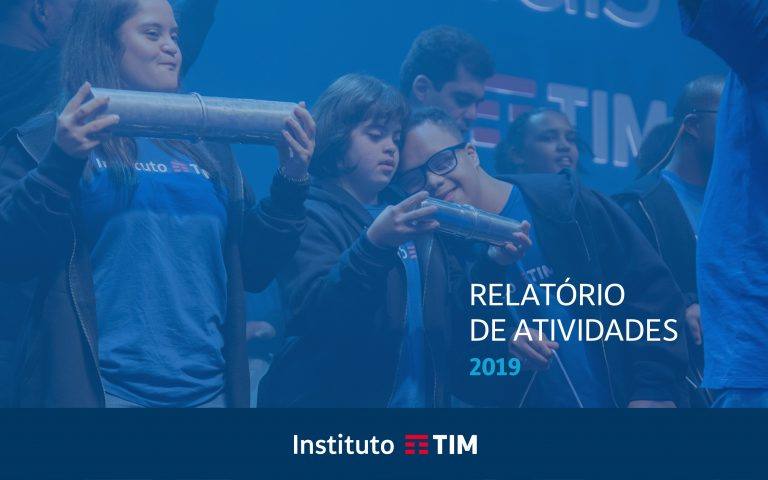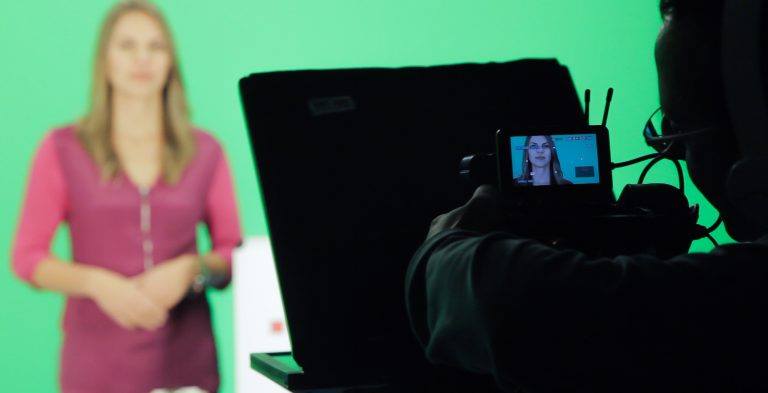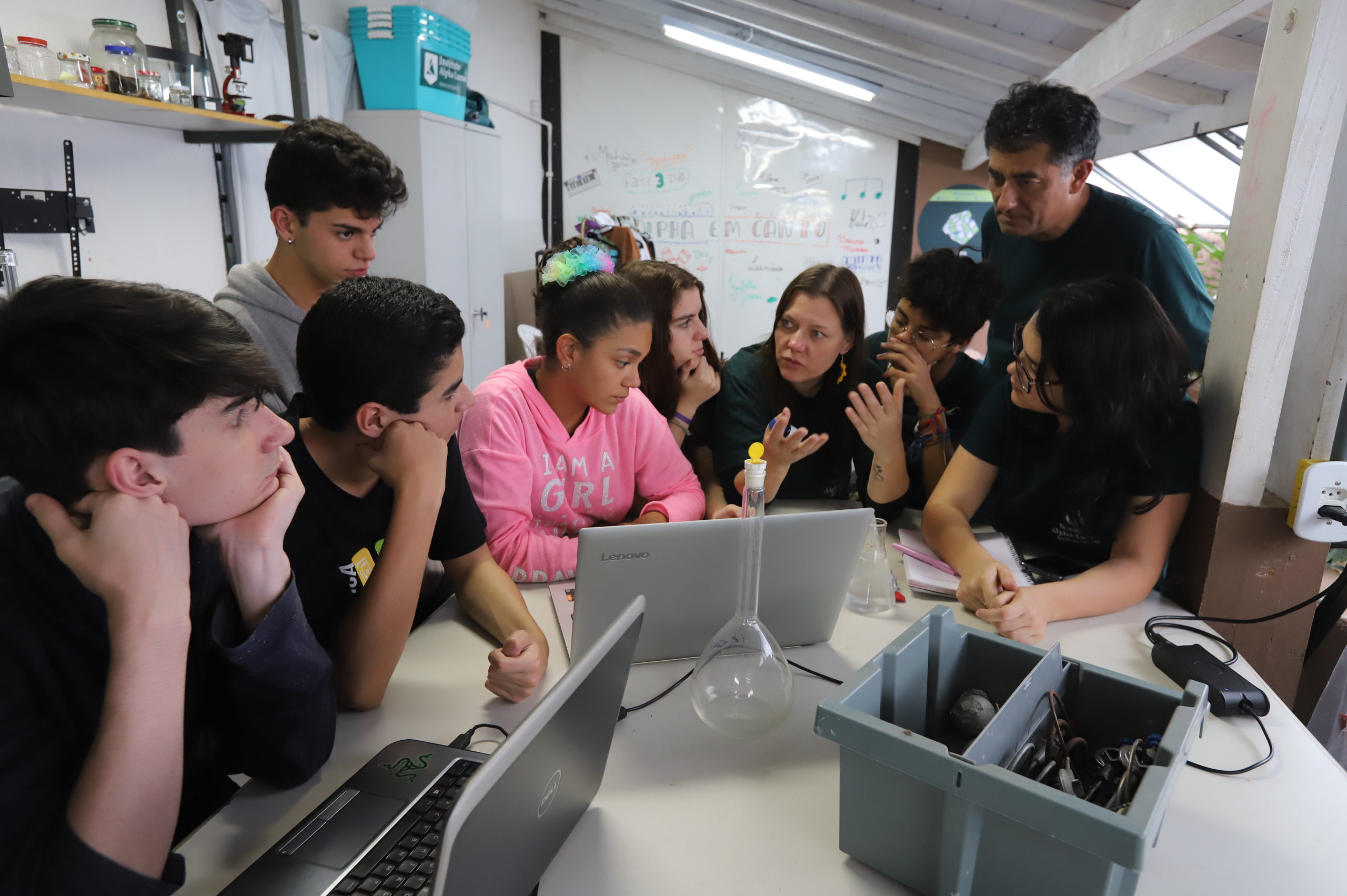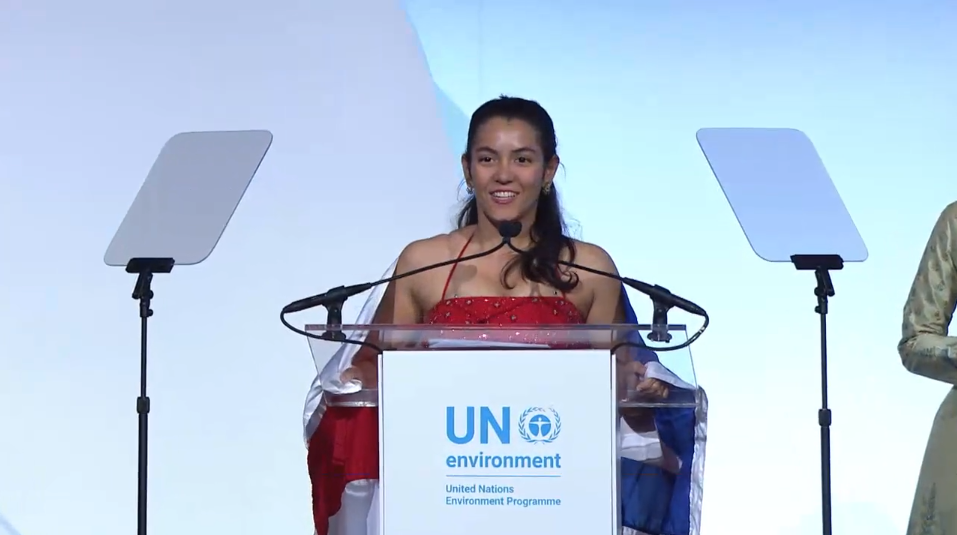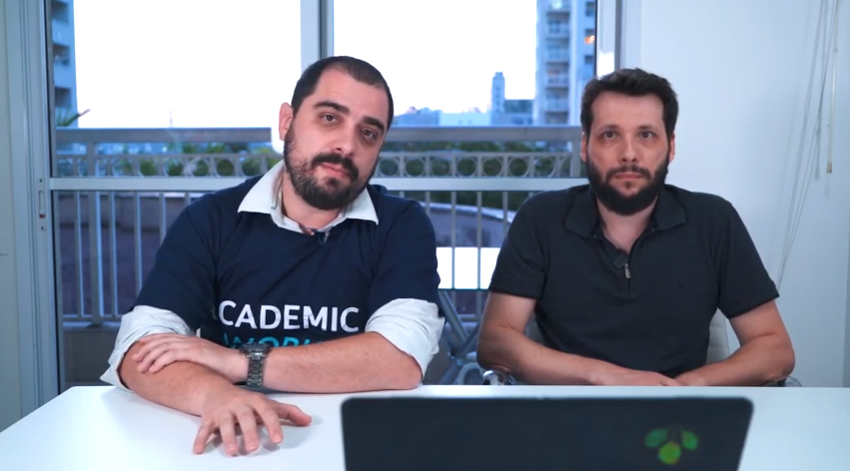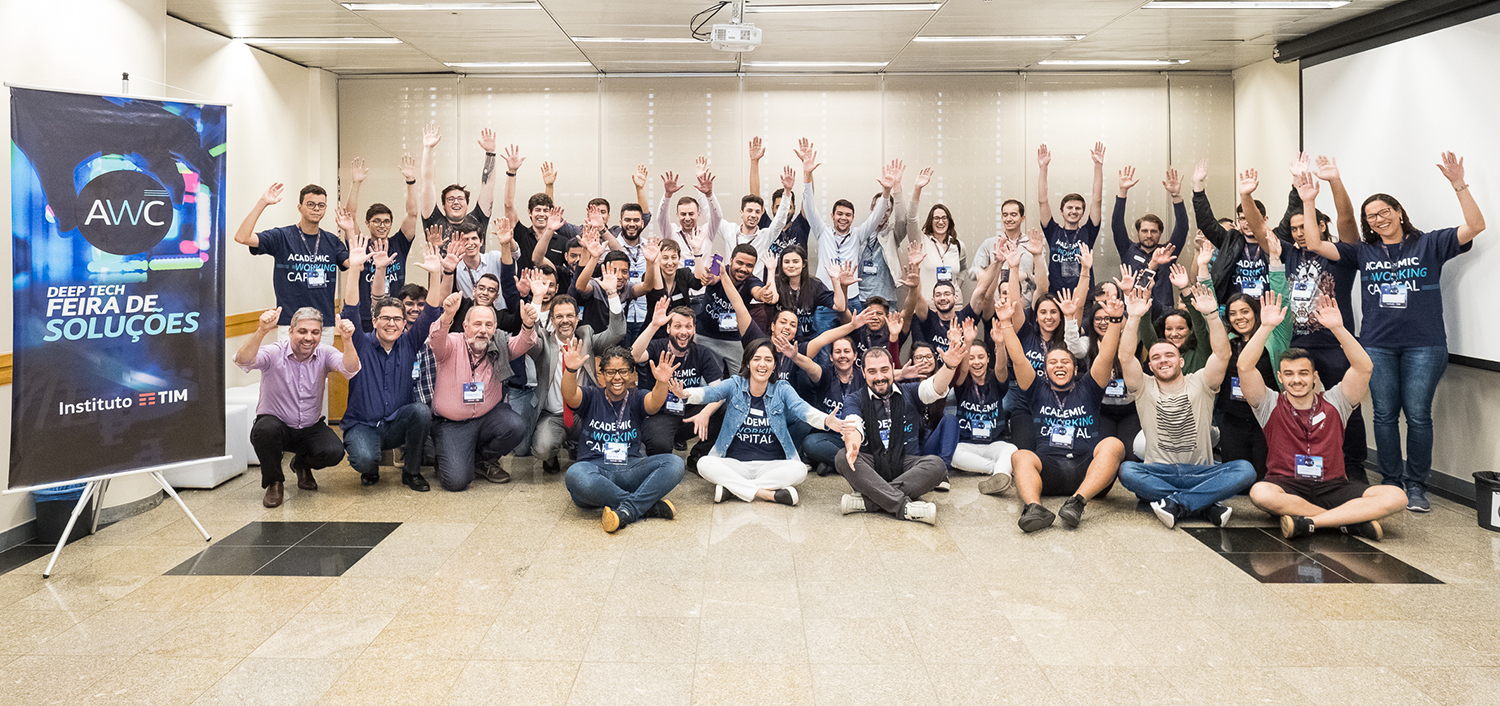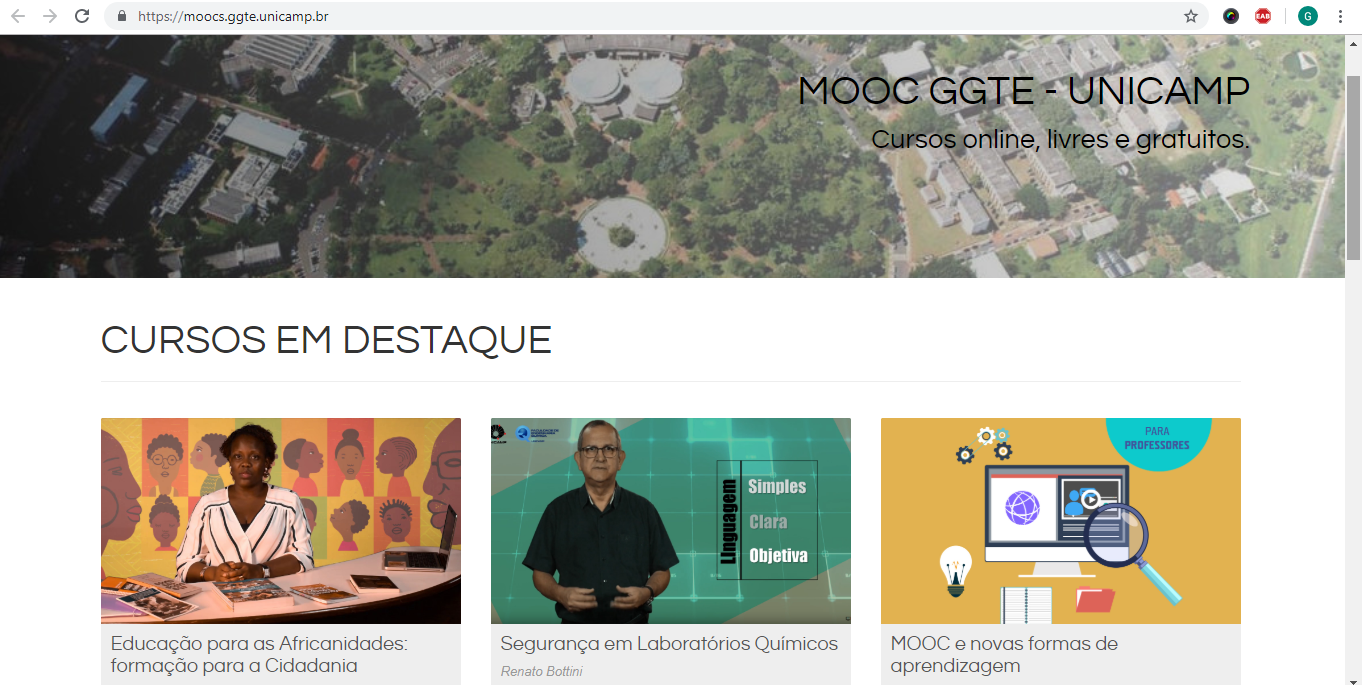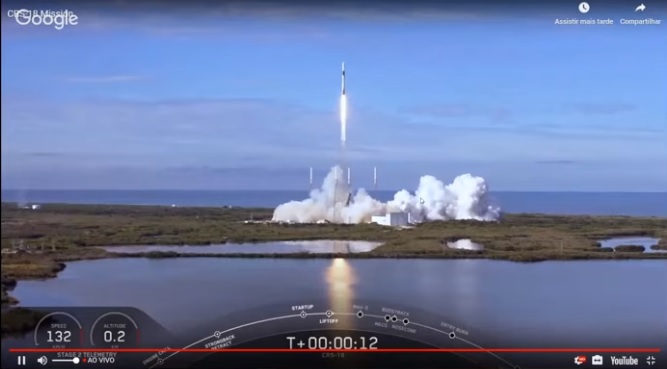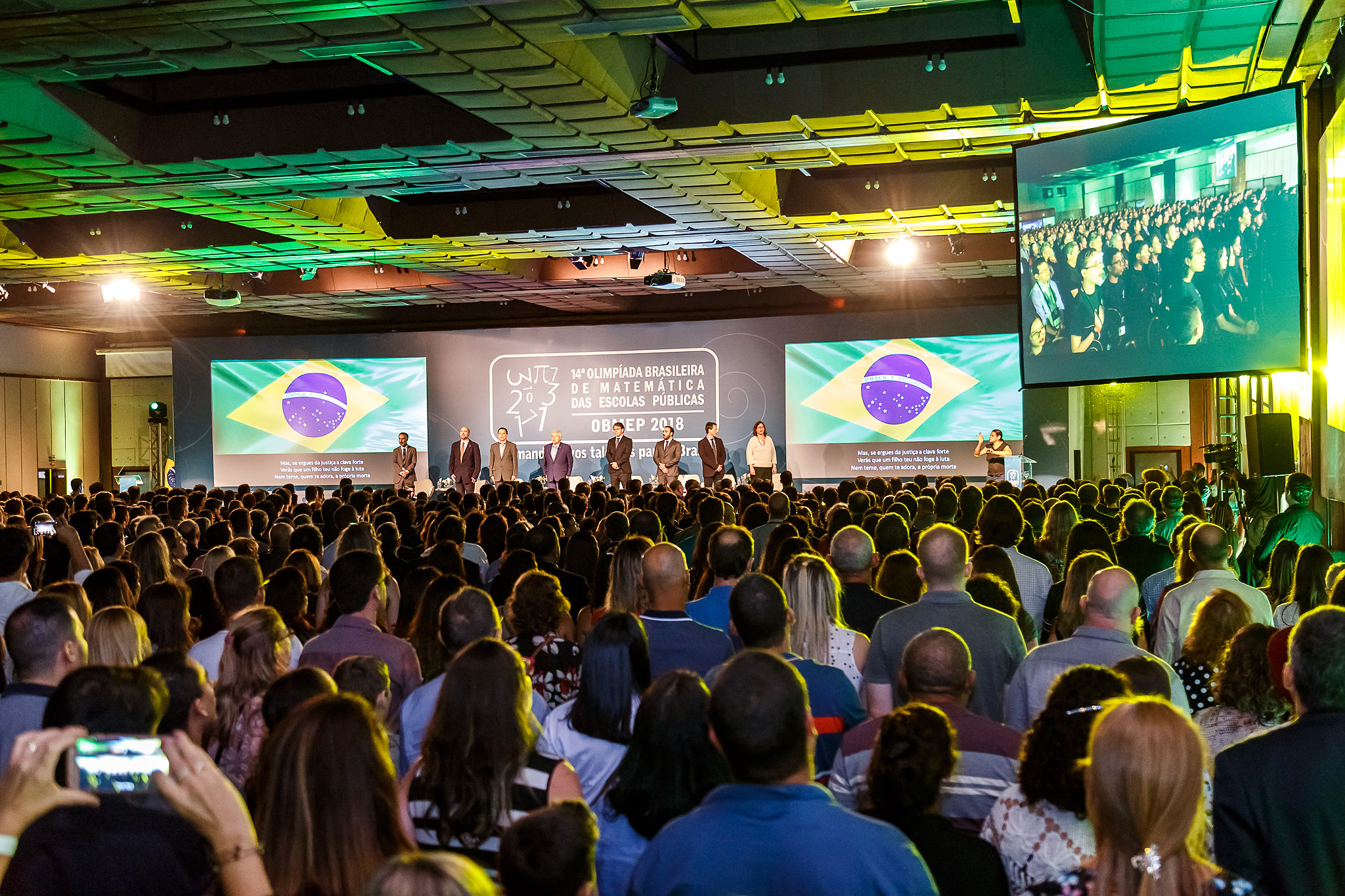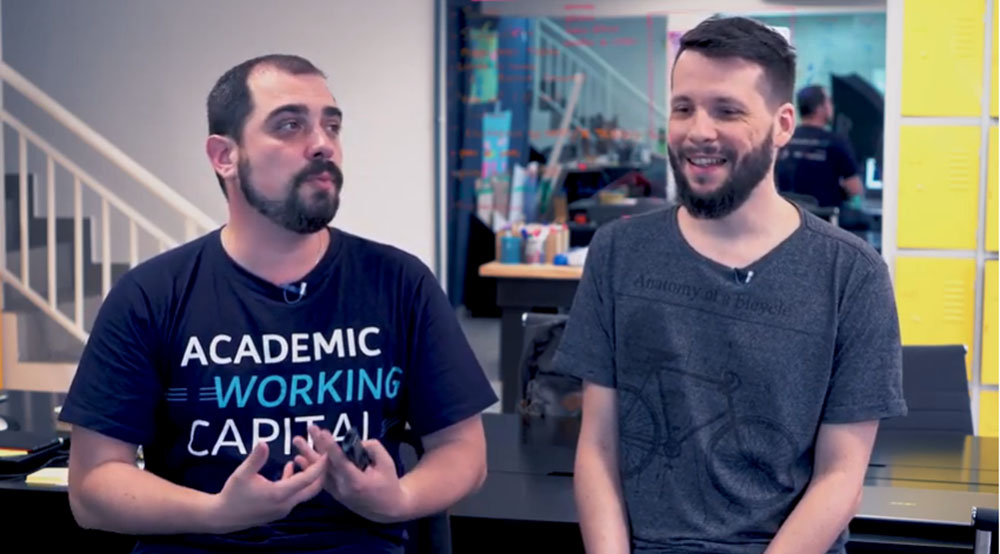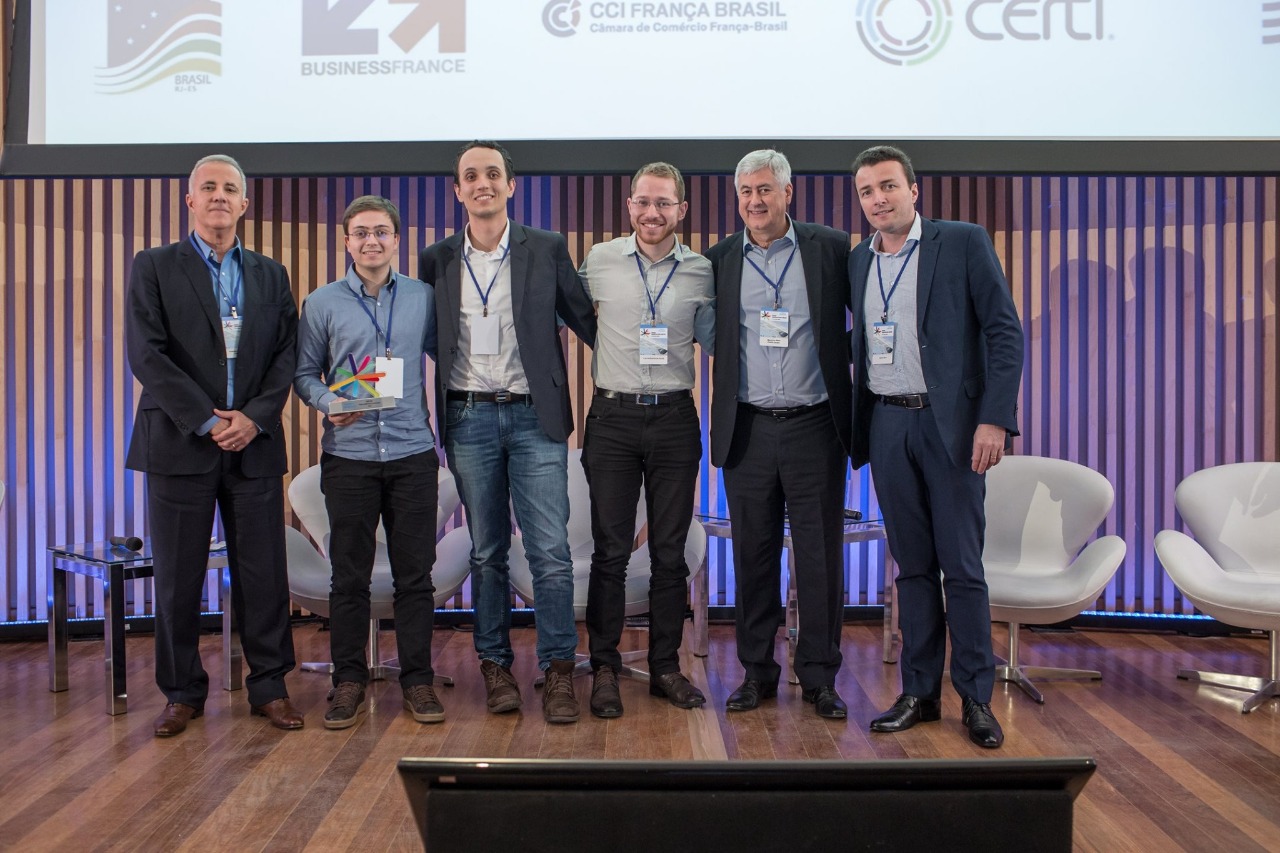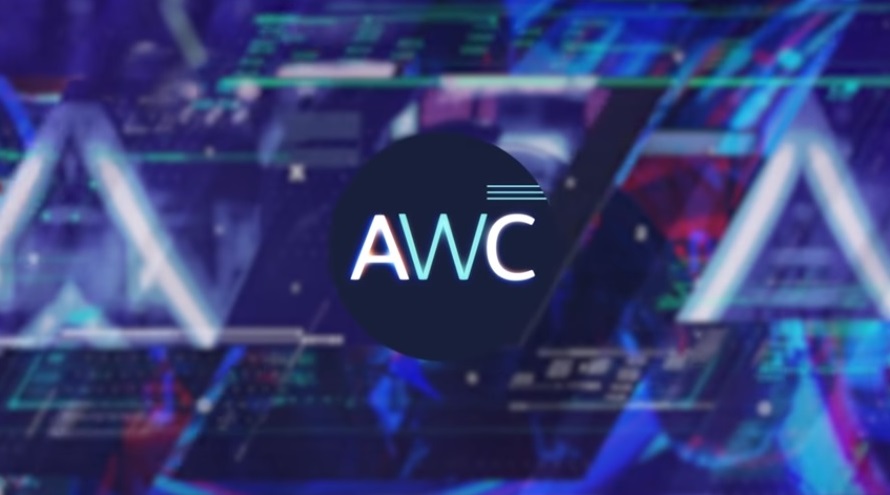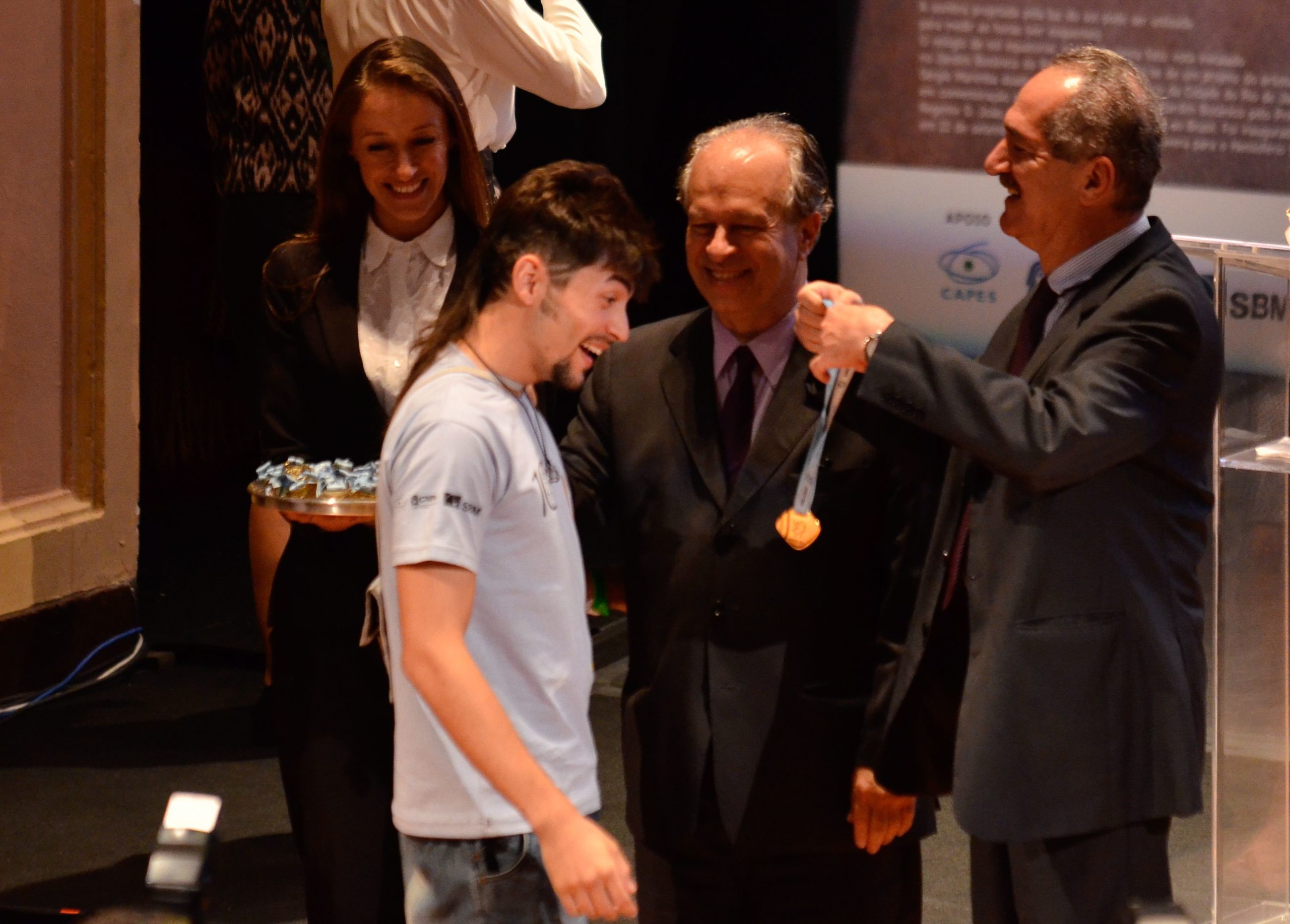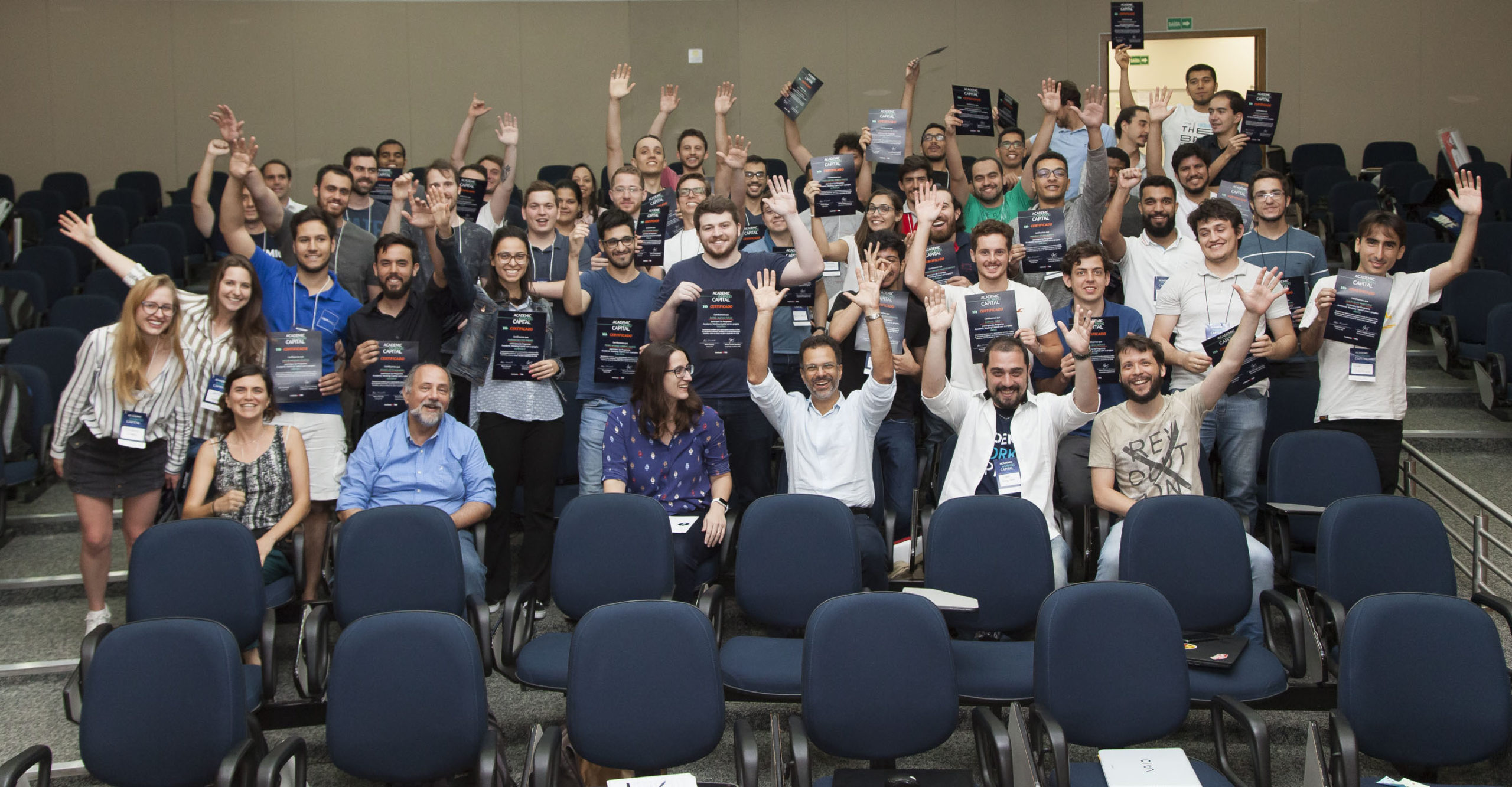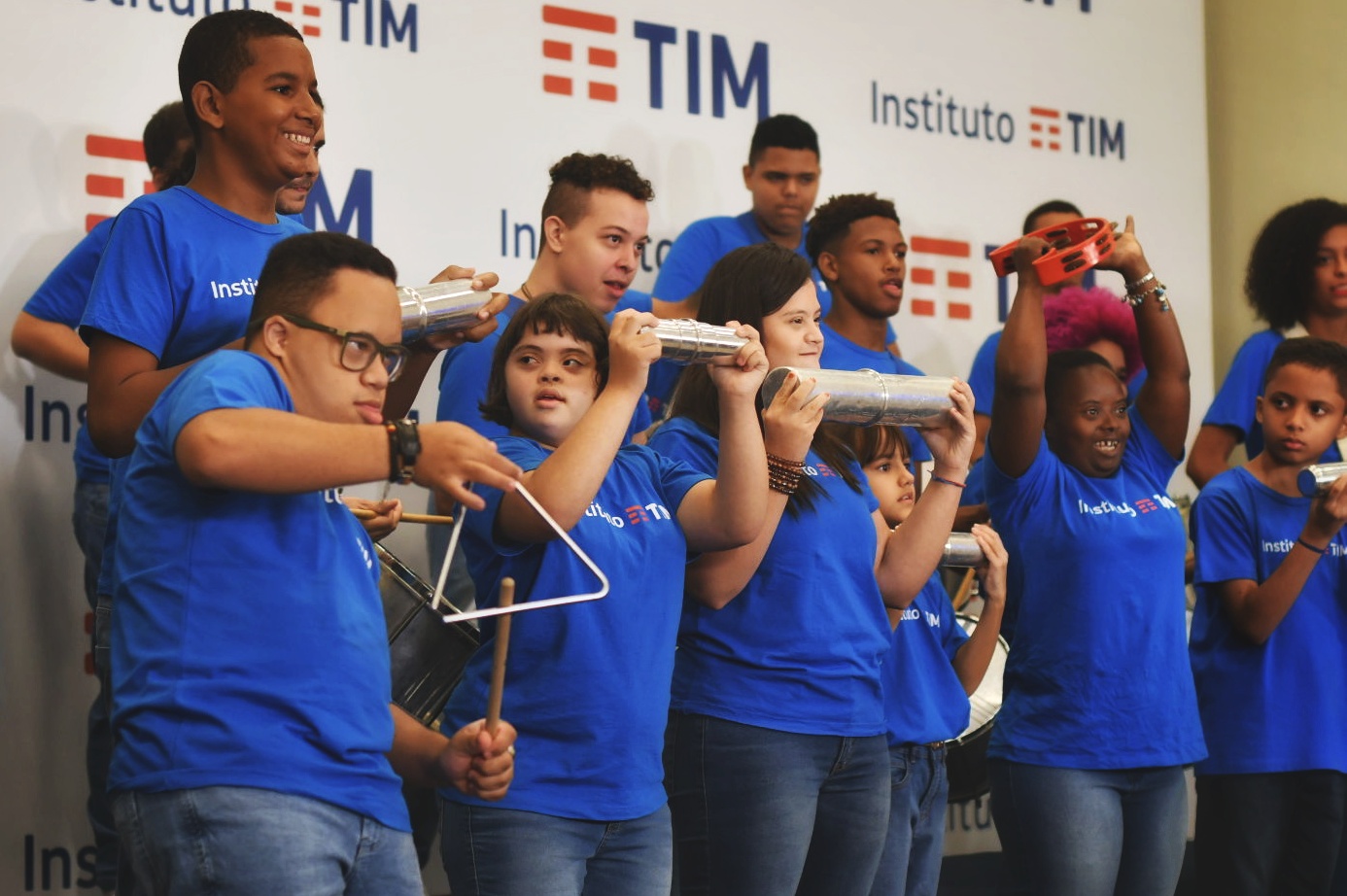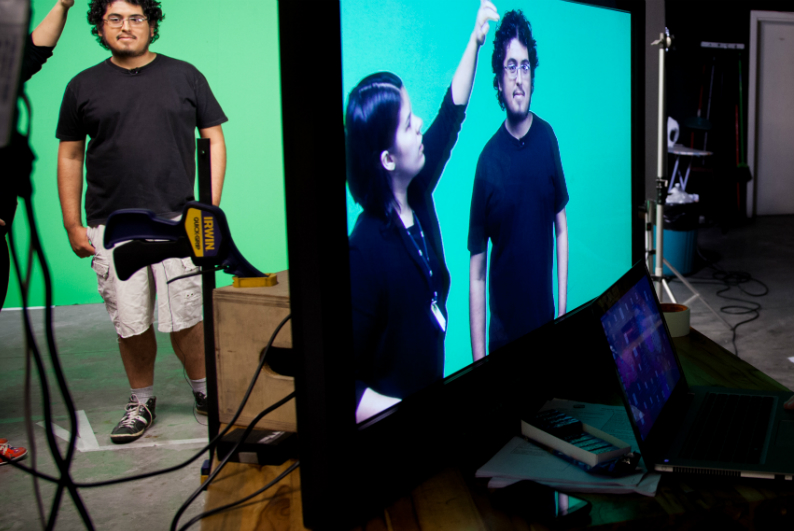
The videos on the TIM Tec platform’s courses may be reformatted, remixed and reused by anybody, including for commercial purposes, without the need to pay intellectual property rights. This is because they are licensed under Creative Commons, a kind of license that – differently from copyright – enables any content published on the internet to be used freely without the need for direct authorization by the author.
“The advantage of the Creative Commons license, in general terms, is that users don’t need to conform to copyright. Copyright limits some information and rights. People are free to share,” explains the legal coordinator for Creative Commons in Brazil, Mariana Valente. “From a more market-oriented perspective, there is a greater availability of material,” she adds.
There are six types of licenses that give autonomy for the reader to consume content published and reproduce it without asking for direct authorization, as long as the original author is credited in the adaptation. TIM Tec uses the BY license, which is the least restrictive. “You can use the content any way you like, provided that you state where the original publication comes from”, explained Mariana. Web users may take the content of the videos from TIM Tec courses, for example, and mix with others, or even create new vides for their own lessons.
In order to determine if a work has a Creative Commons license or not, simply look at the publication interface for any indications of the sentence “Creative Commons licenses” or the CC symbol, which are used to say that a publication has “some rights reserved”. “Anybody can place their publication within the license. What is prohibited by Law is to restrict access, after making it open,” warns Mariana. That’s why there are different types of licenses. We recommend consulting a specialist before using open licenses.
History
Creative Commons appeared in 2006, in Mountain View, California (USA), with a view to expand the number of online publications. The person who began it all was a professor at Harvard Law School and one of the founders of CC, Lawrence Lessing. He took legal action against the U.S. copyright Law – a license which gives exclusive rights for use of any published work to the original author, excluding the possibility of using a publication in other media.
Today, Creative Commons is a nonprofit organization that allows regulation of the use of content published on the web, whether written or in audio/video formats. This type of resource is commonly used by photographers, musicians or in Distance Learning – as is the case of TIM Tec. 70 countries (including Brazil) currently use open licenses. “We have around 100 branches around the world,” adds Mariana Valente.



